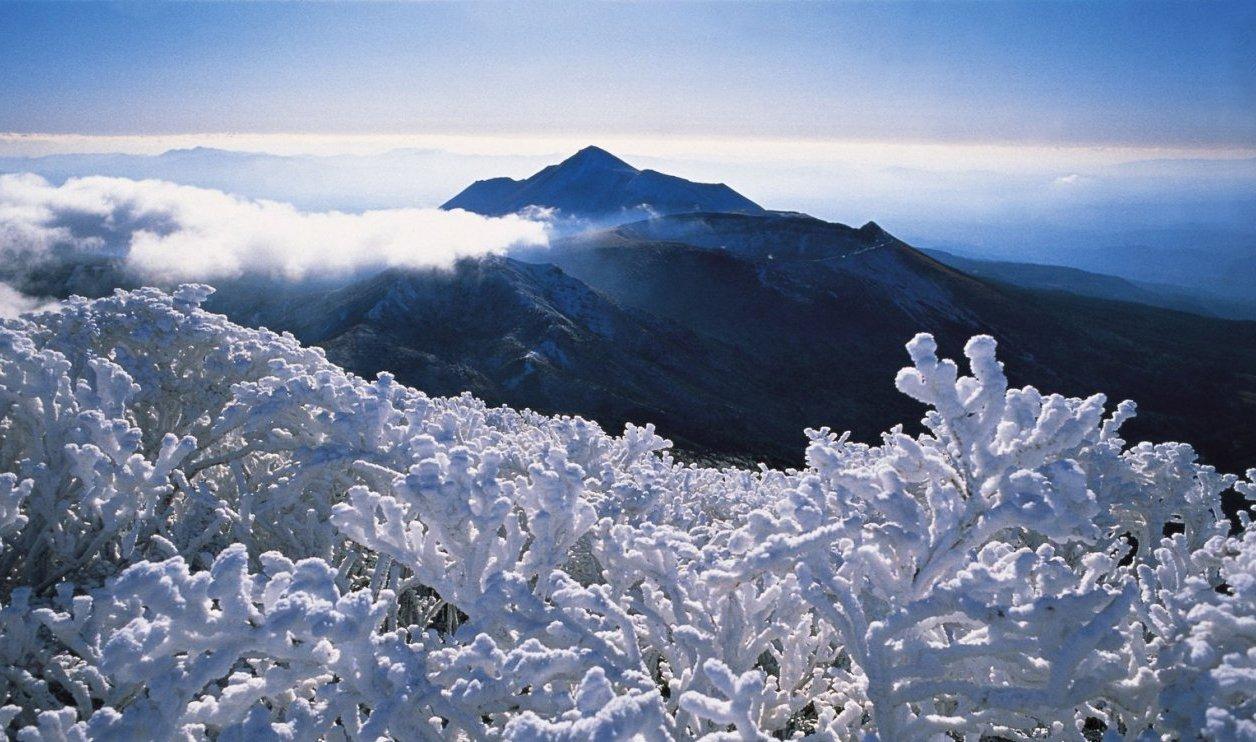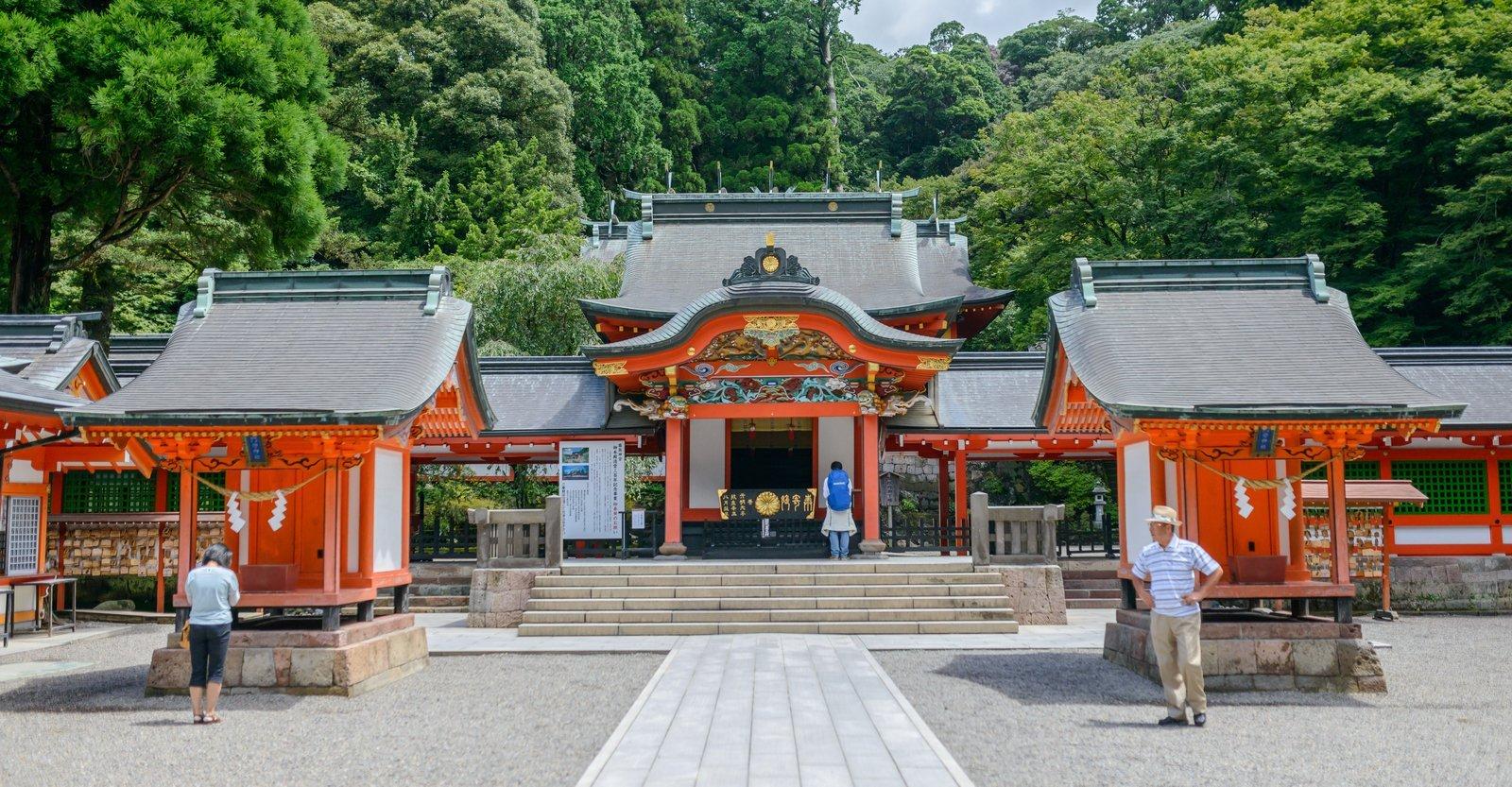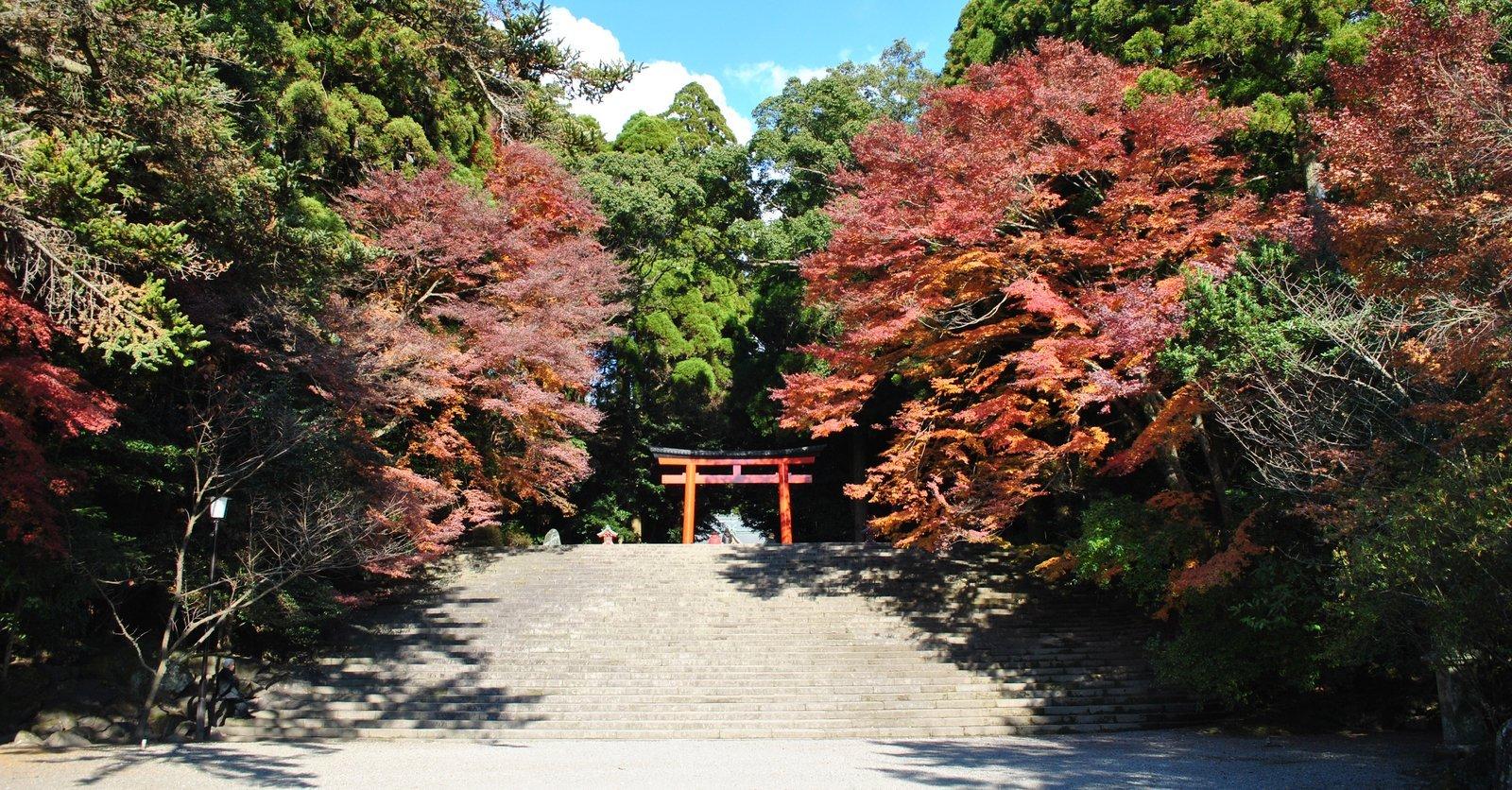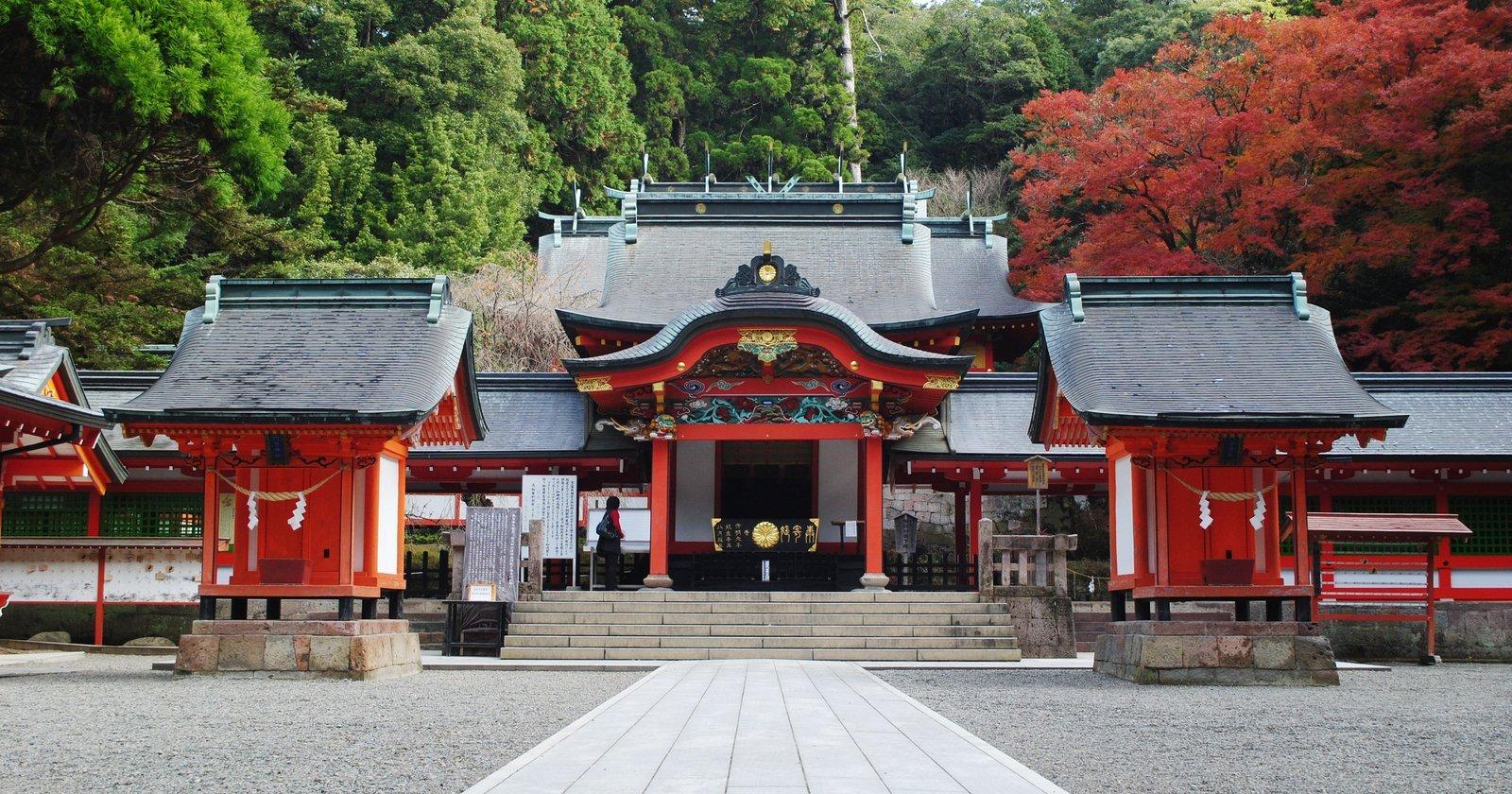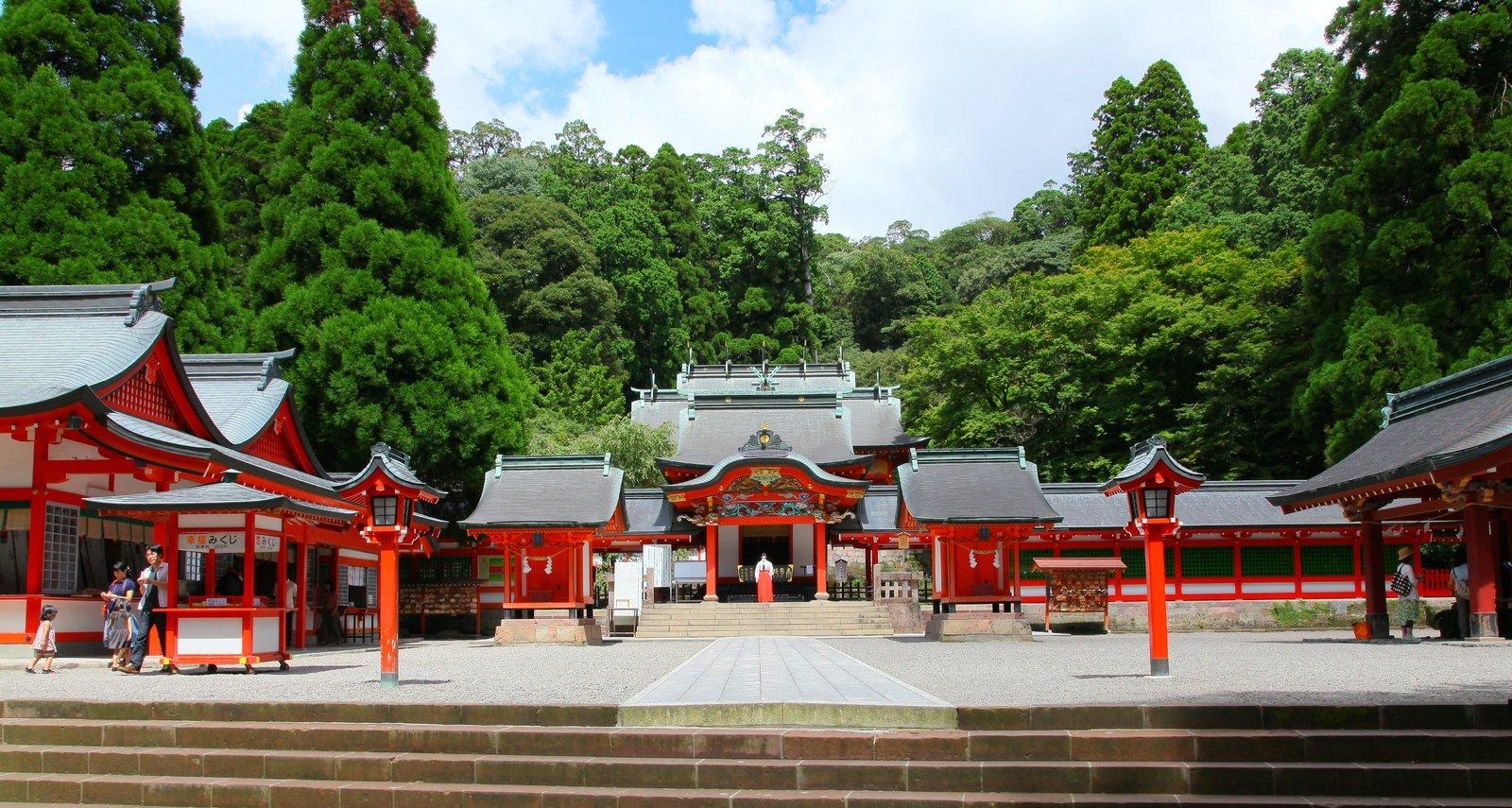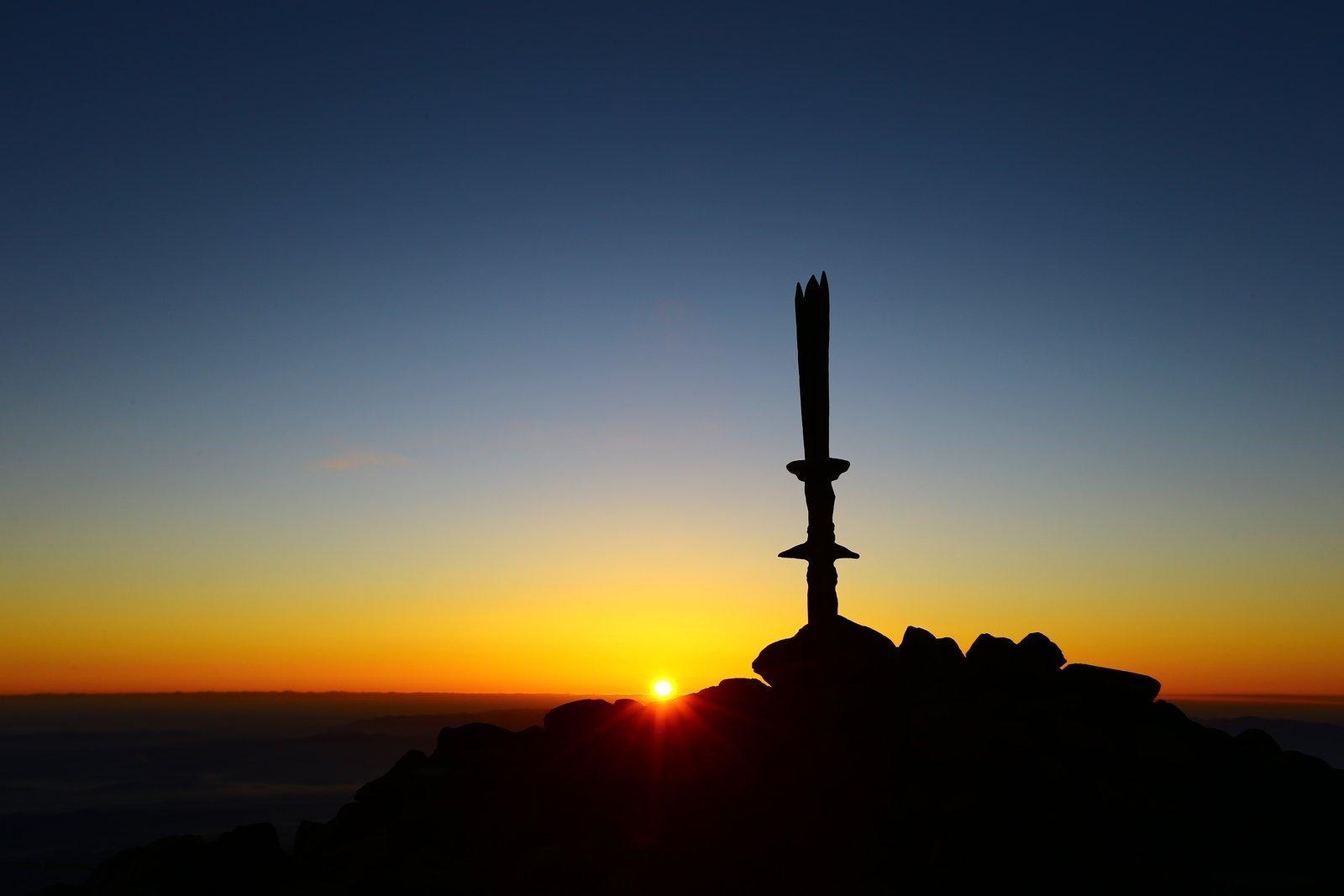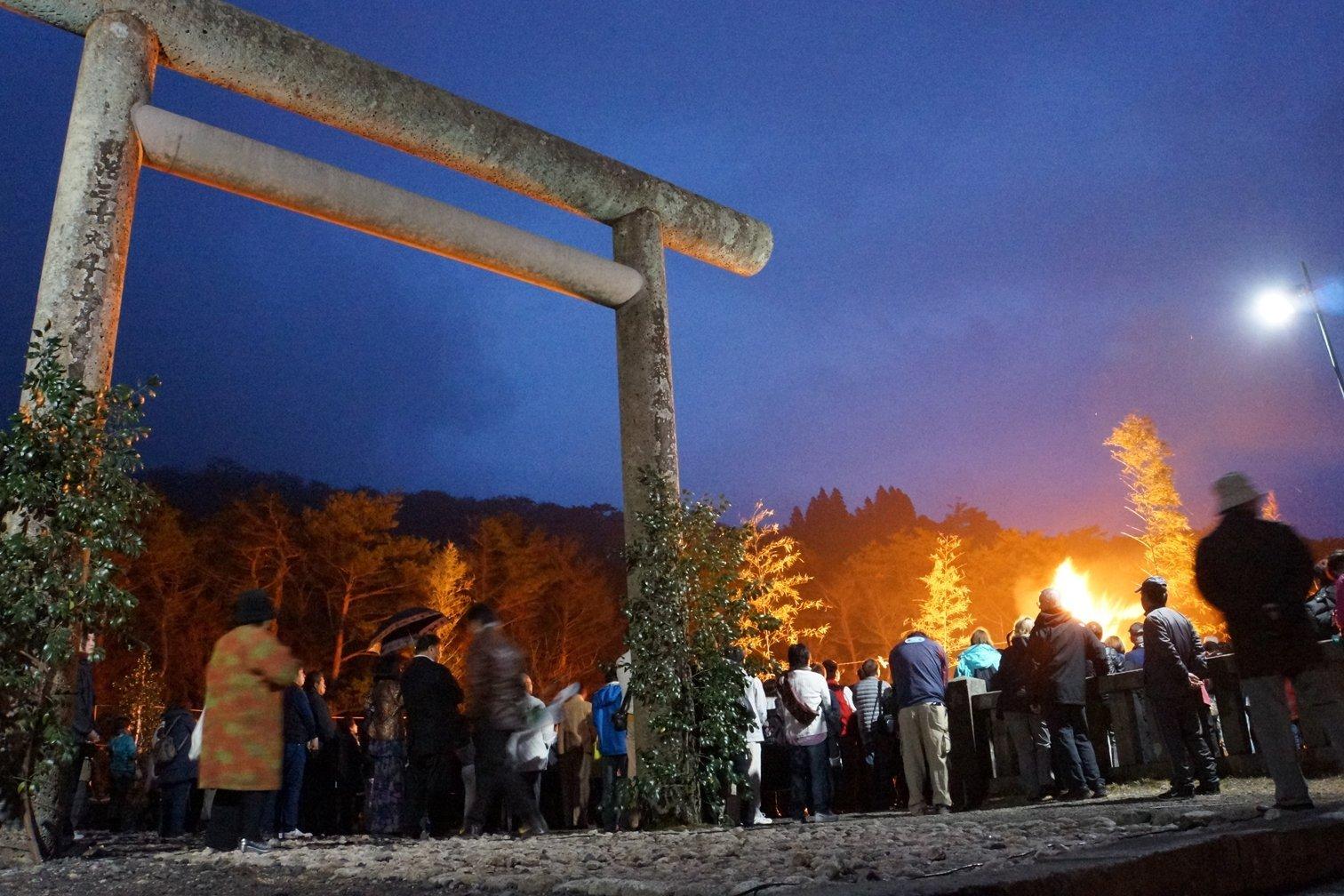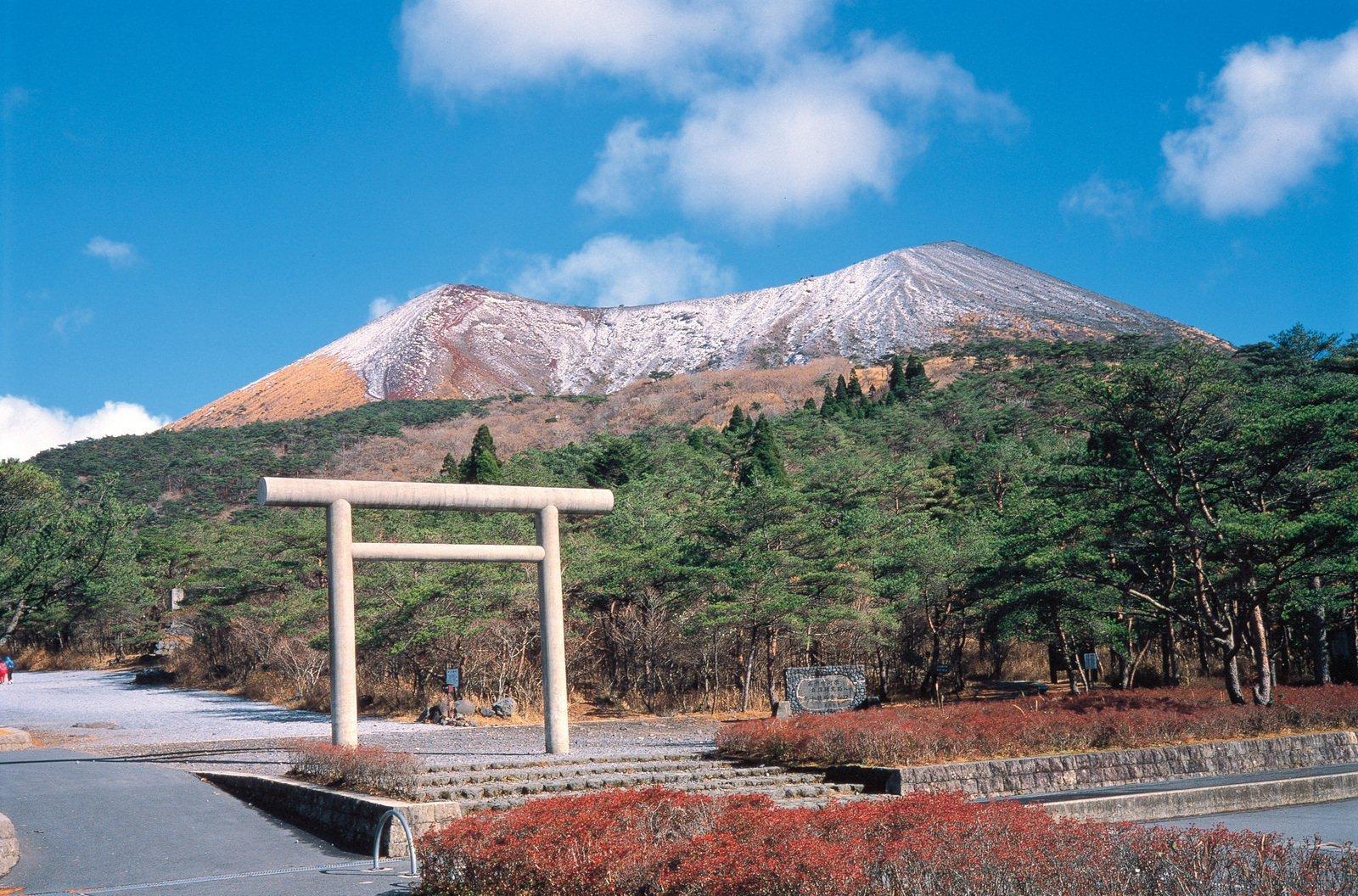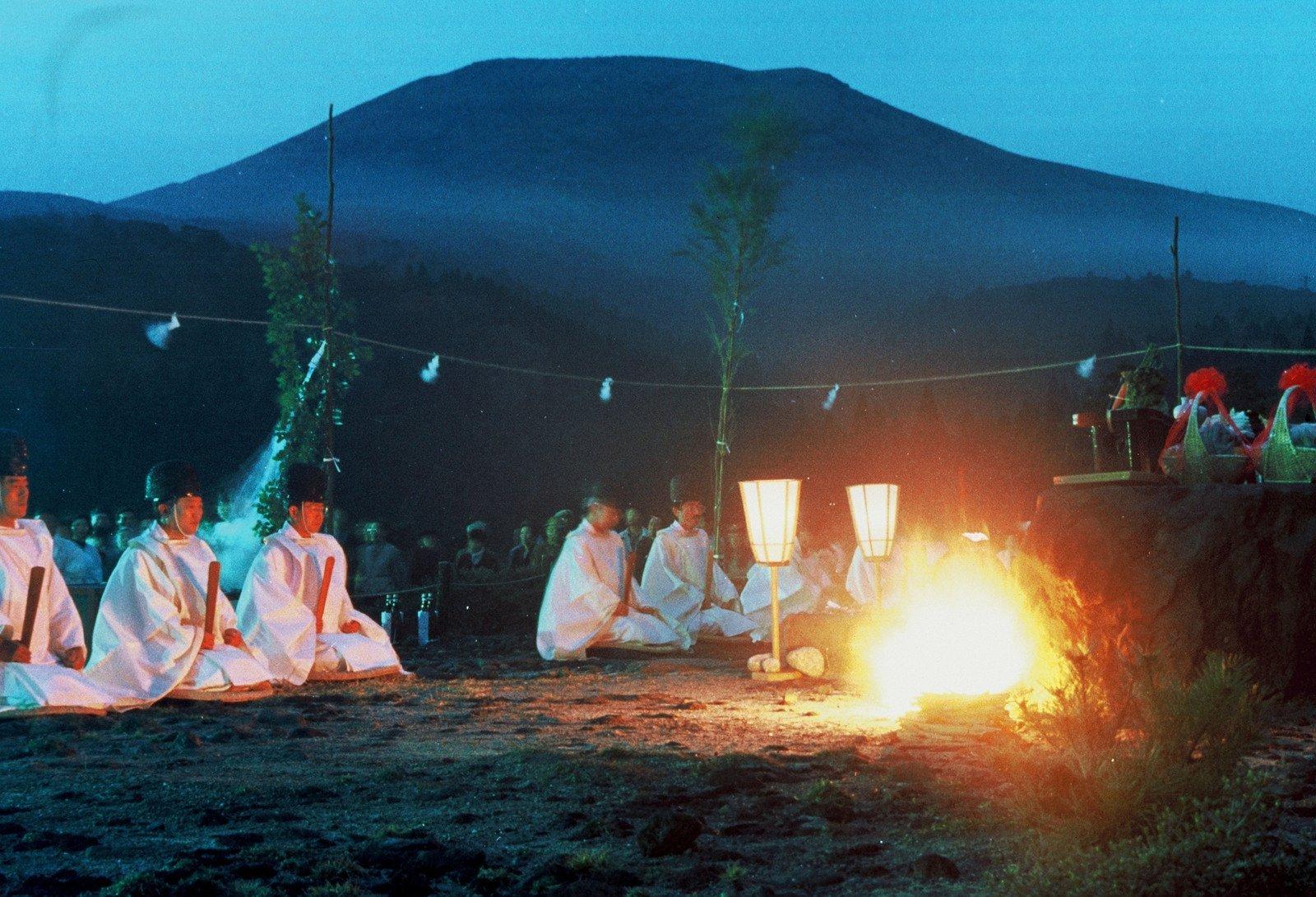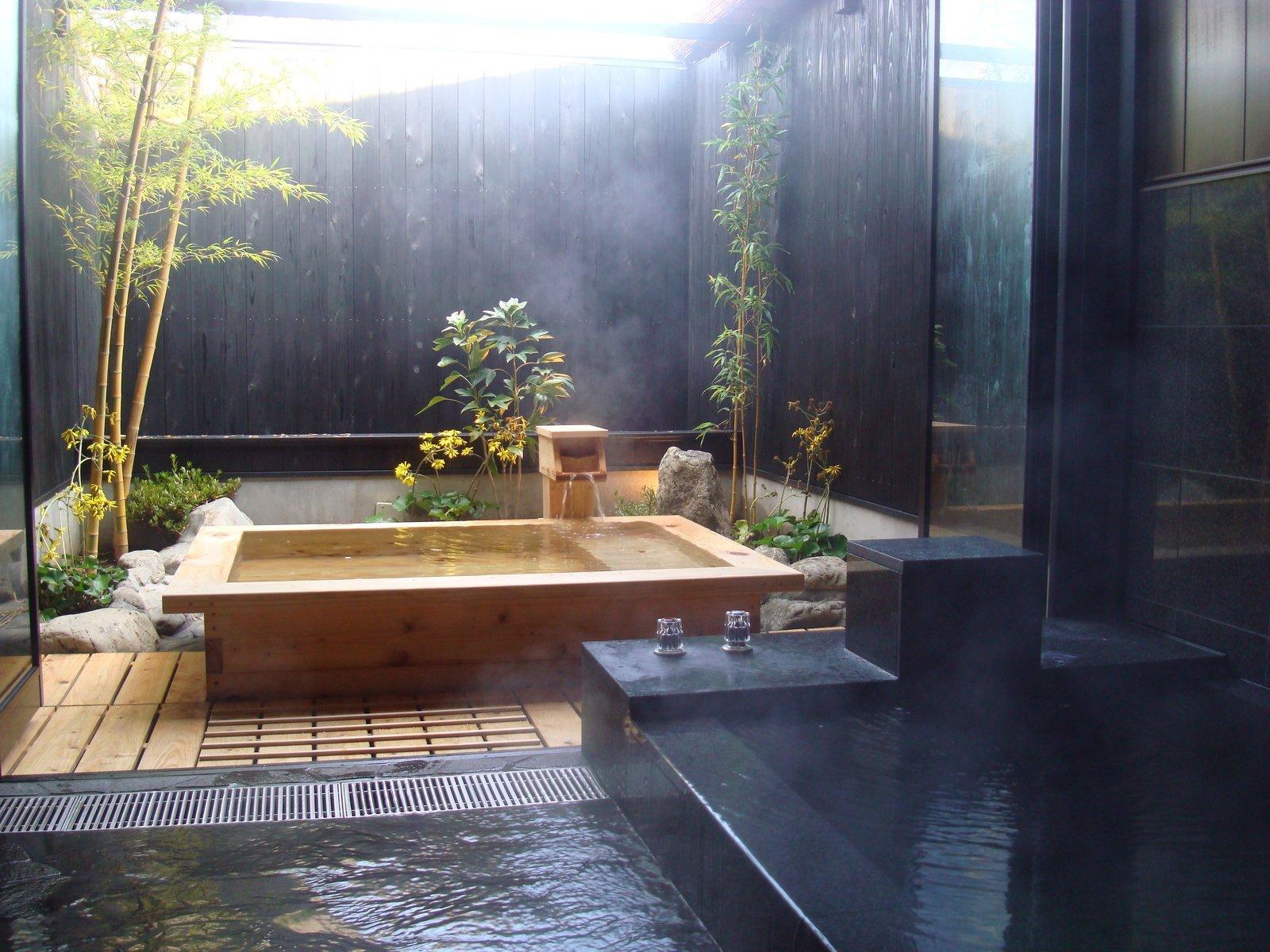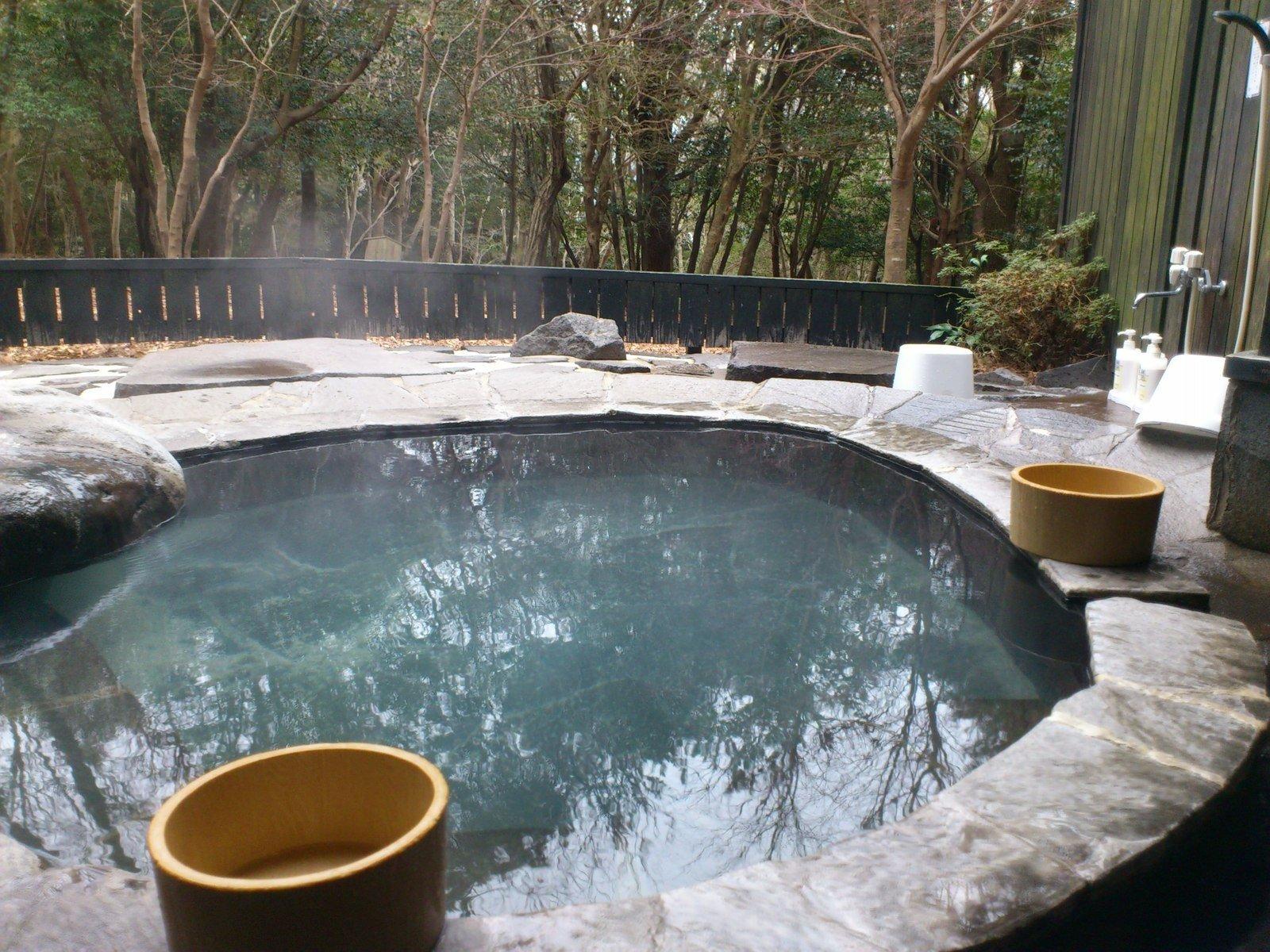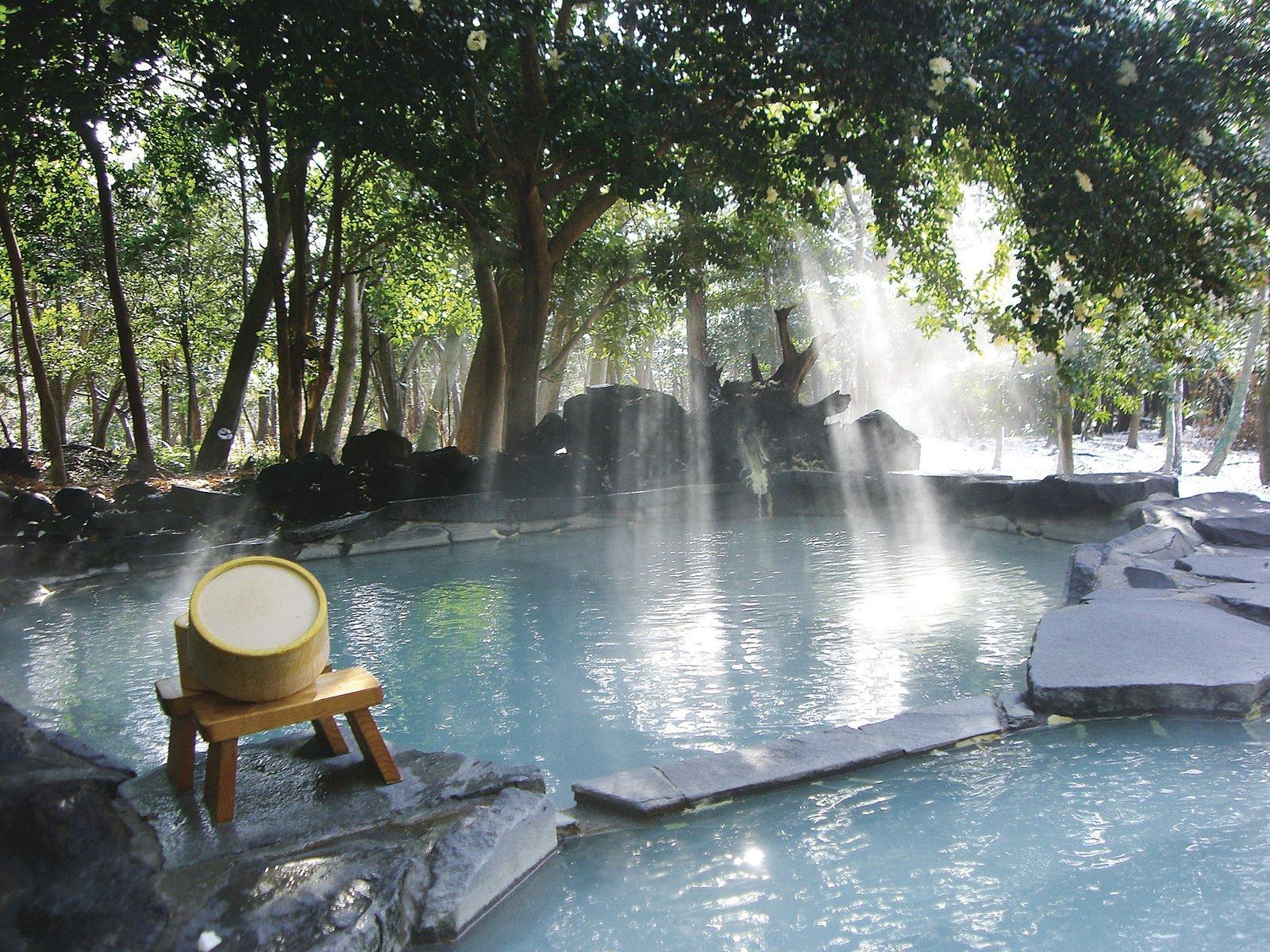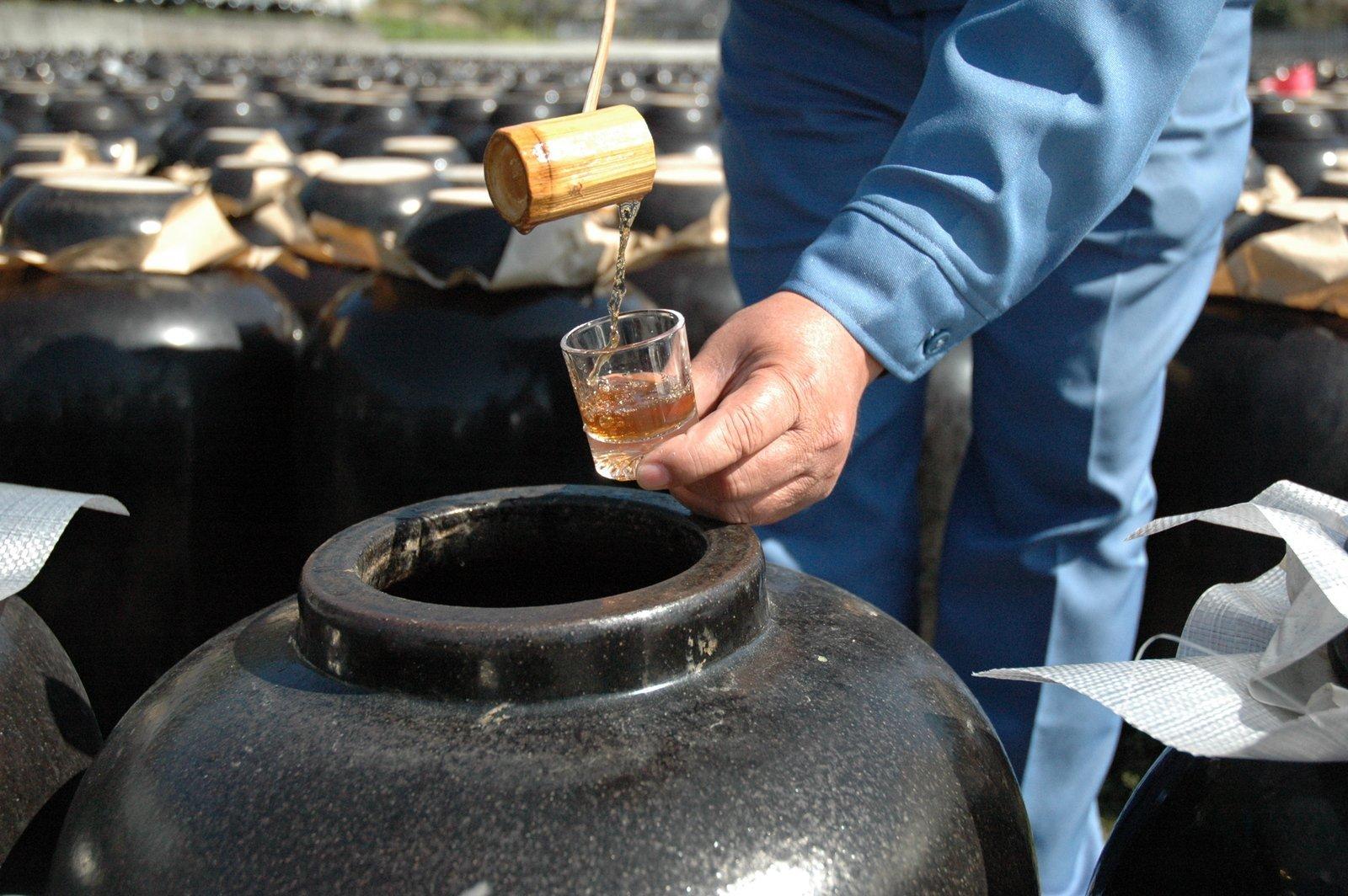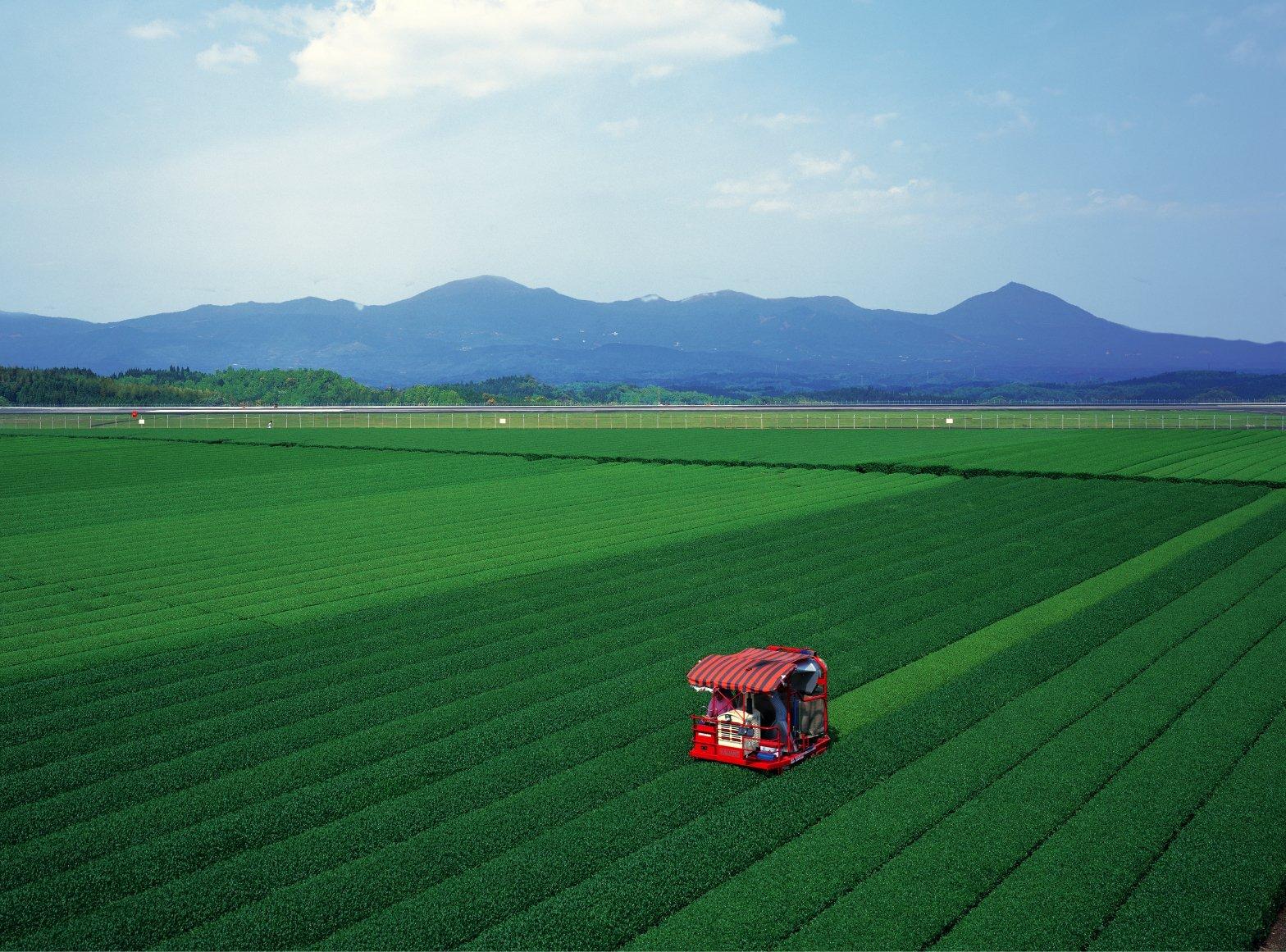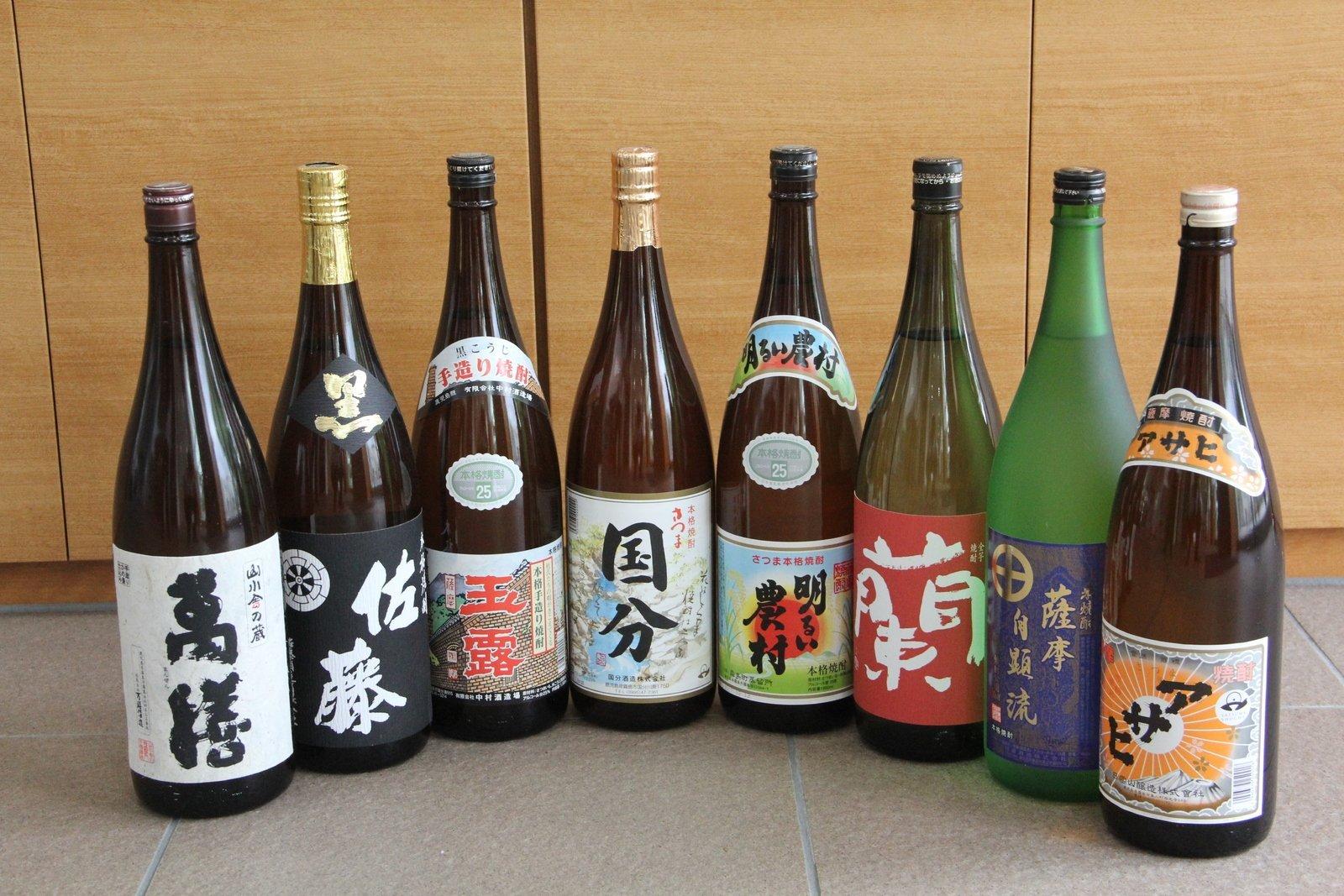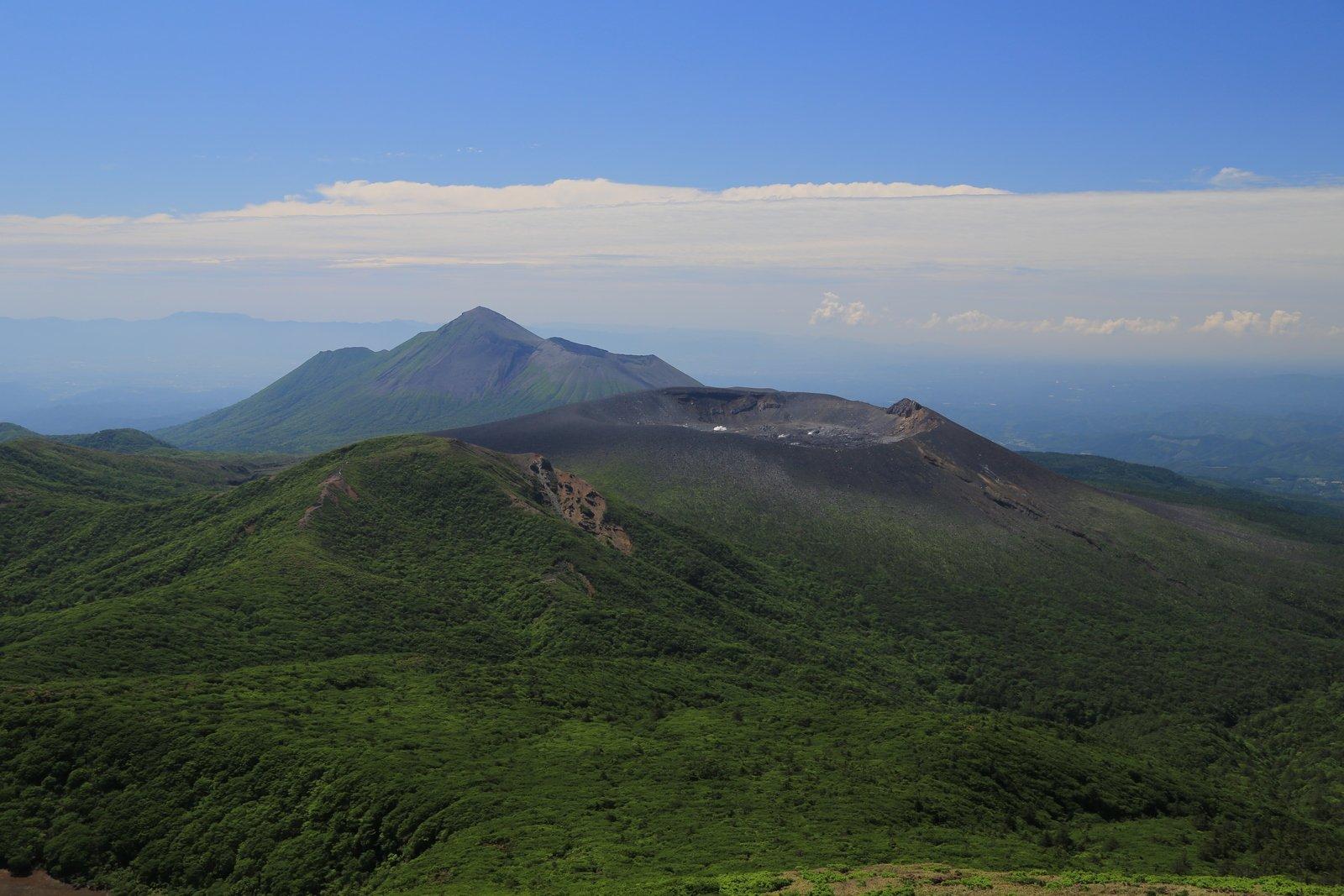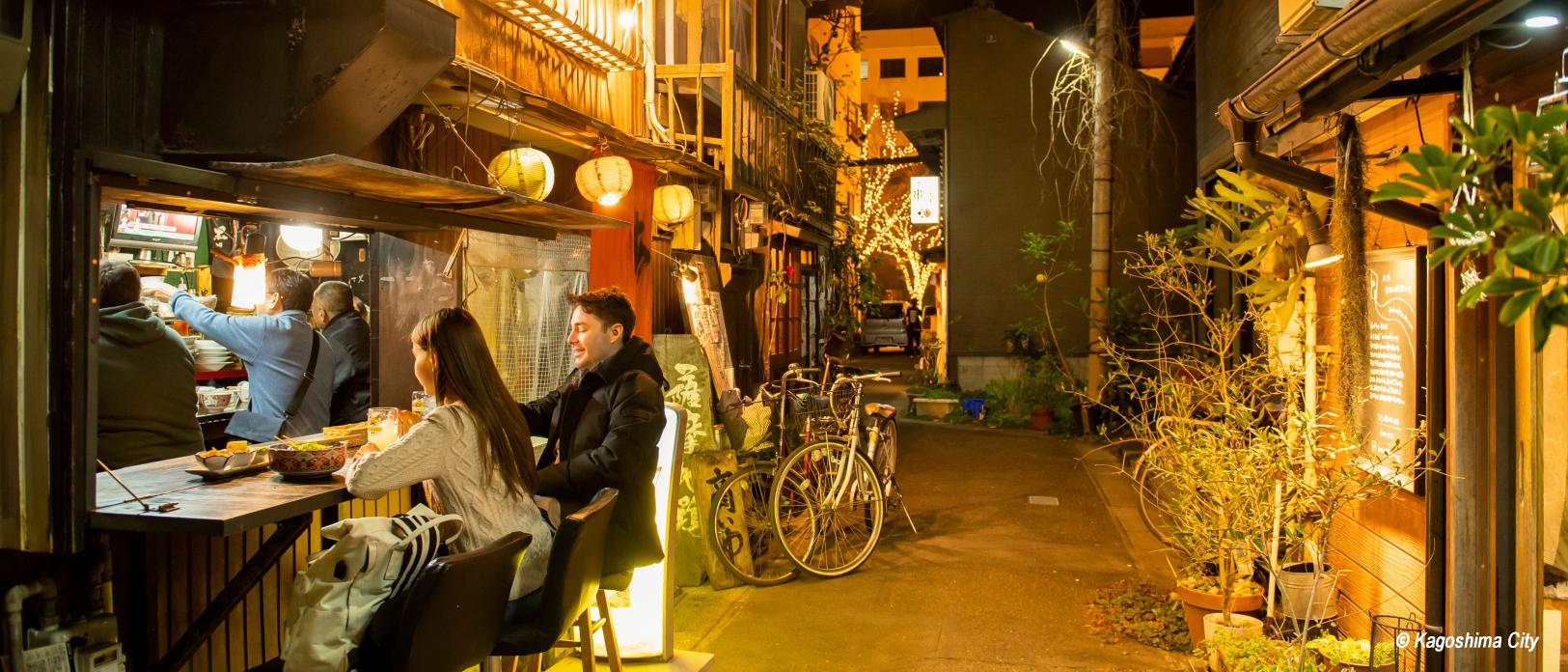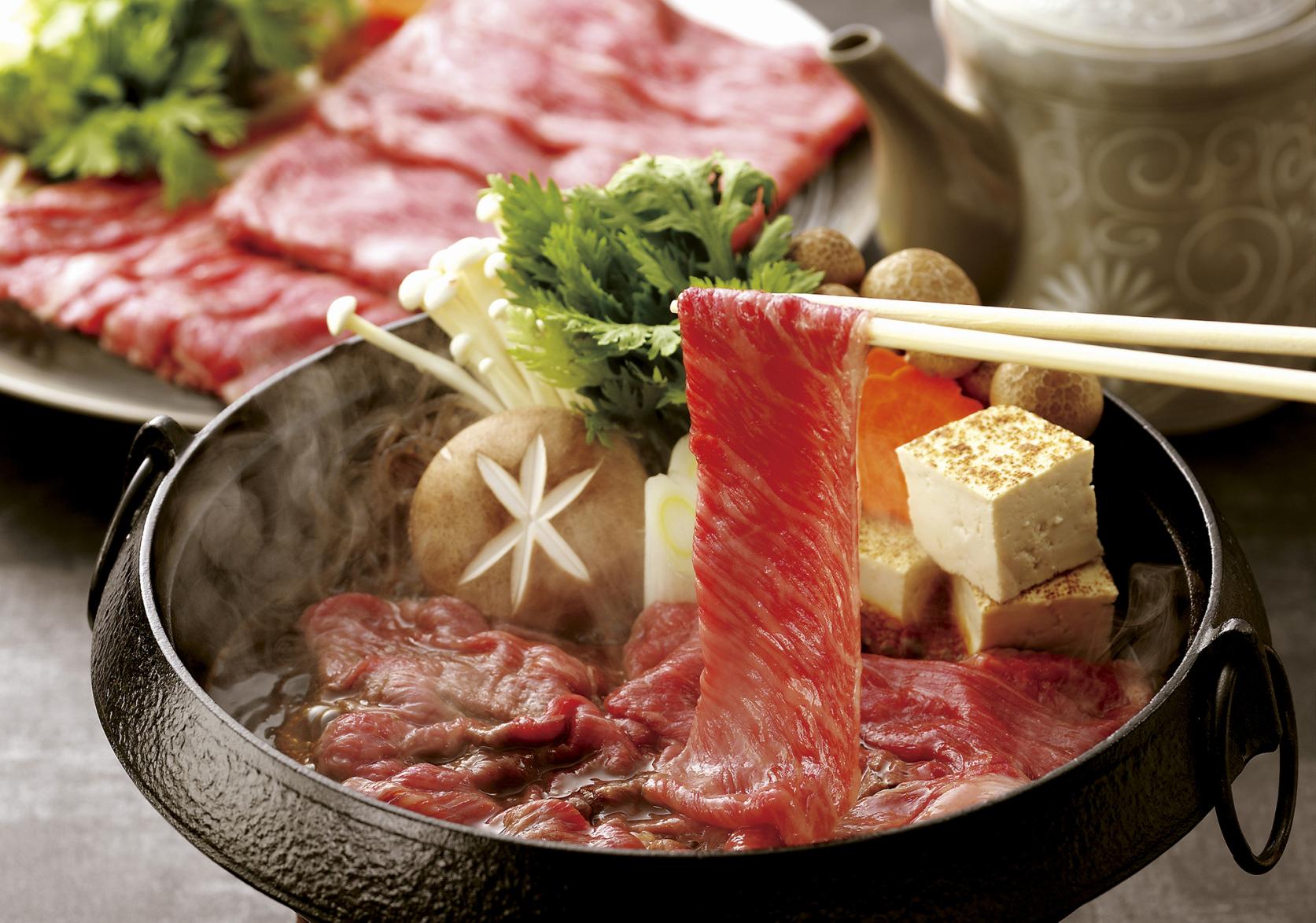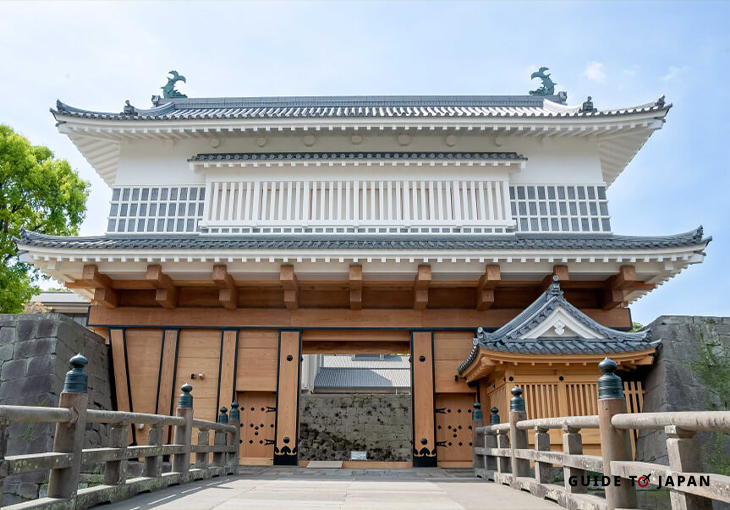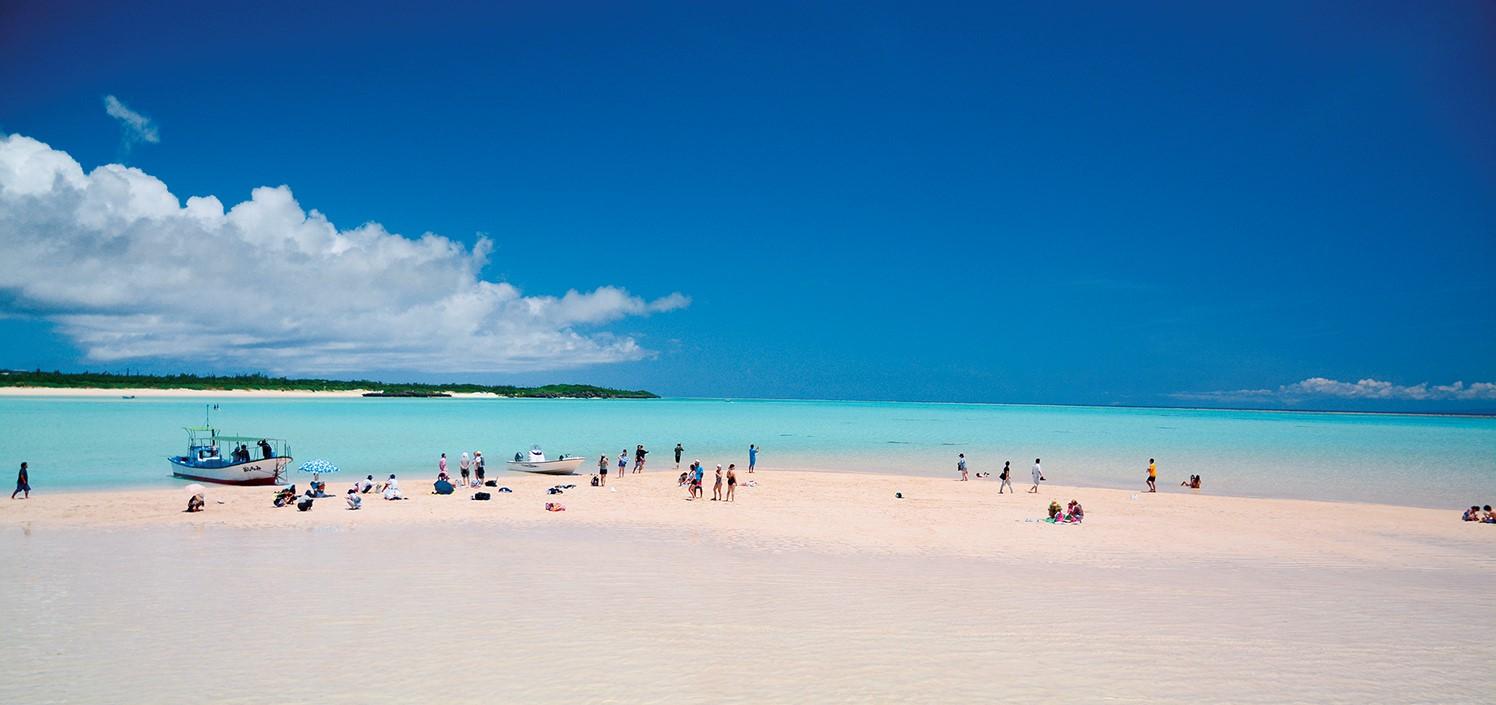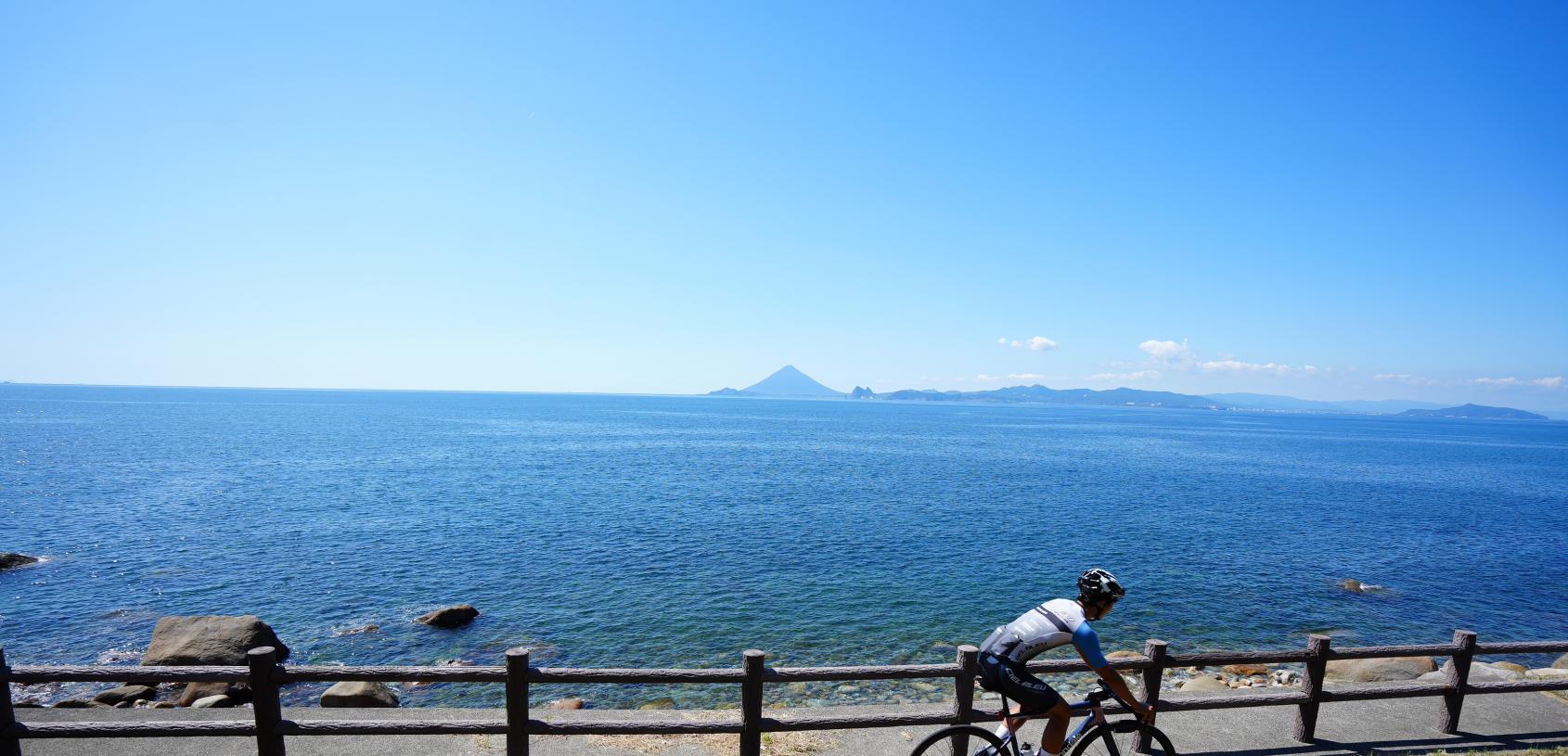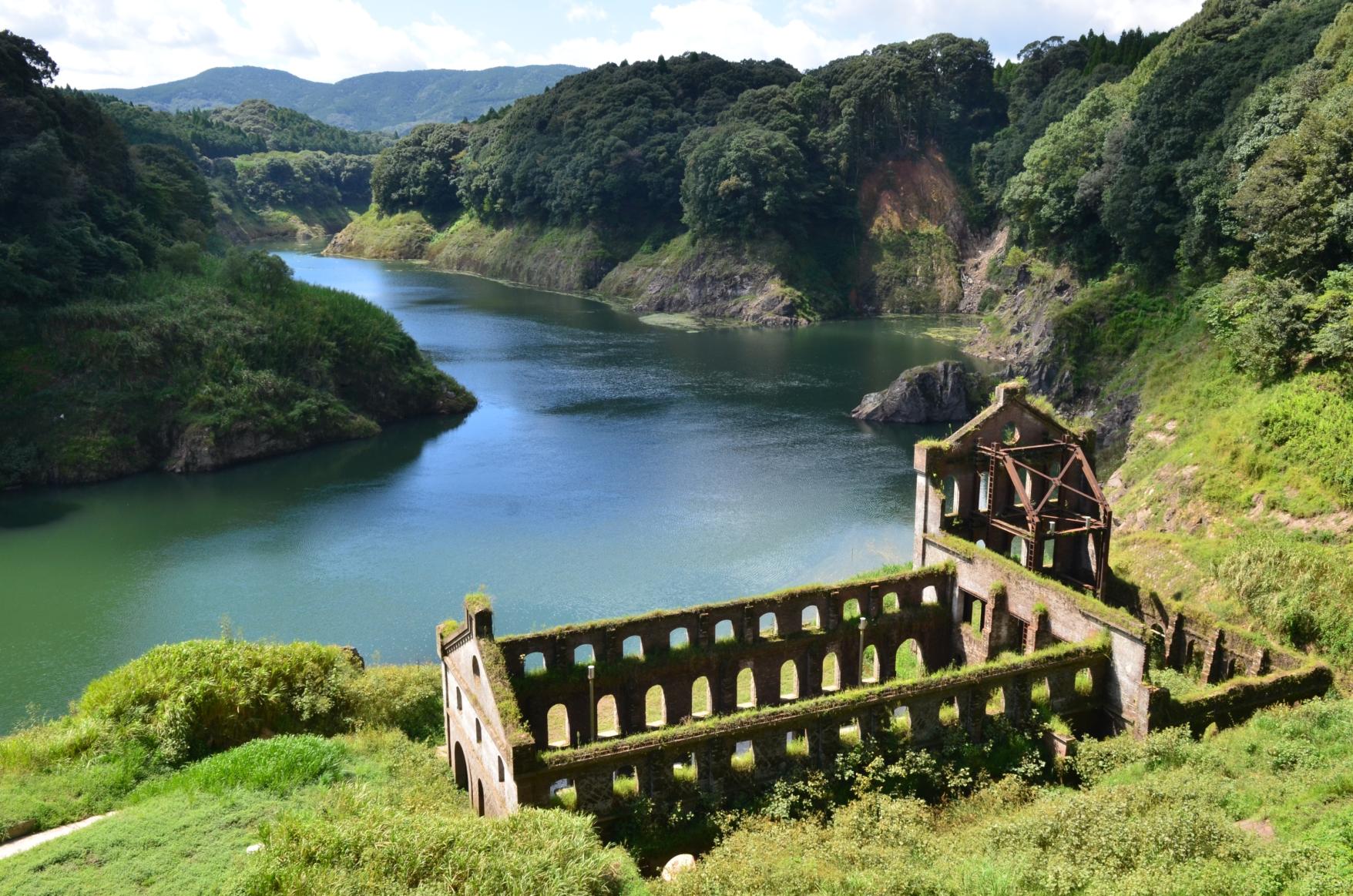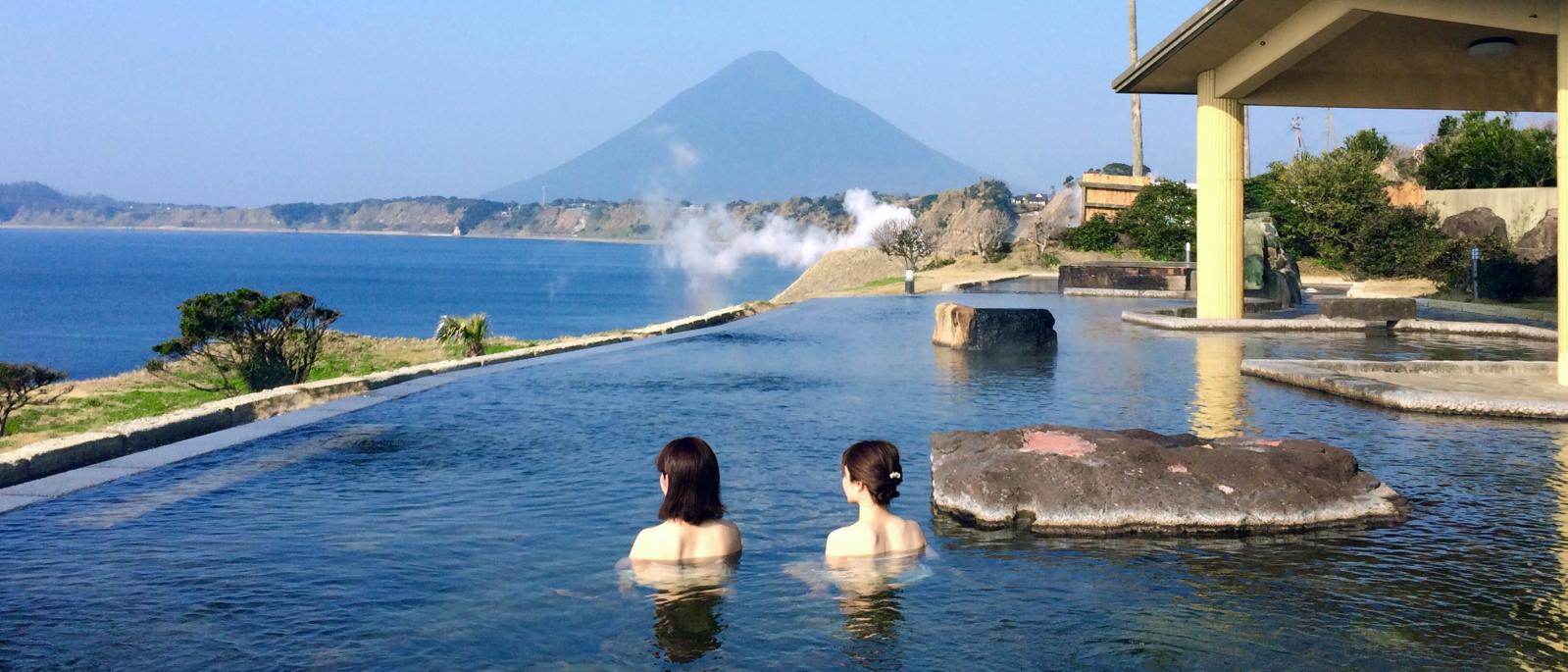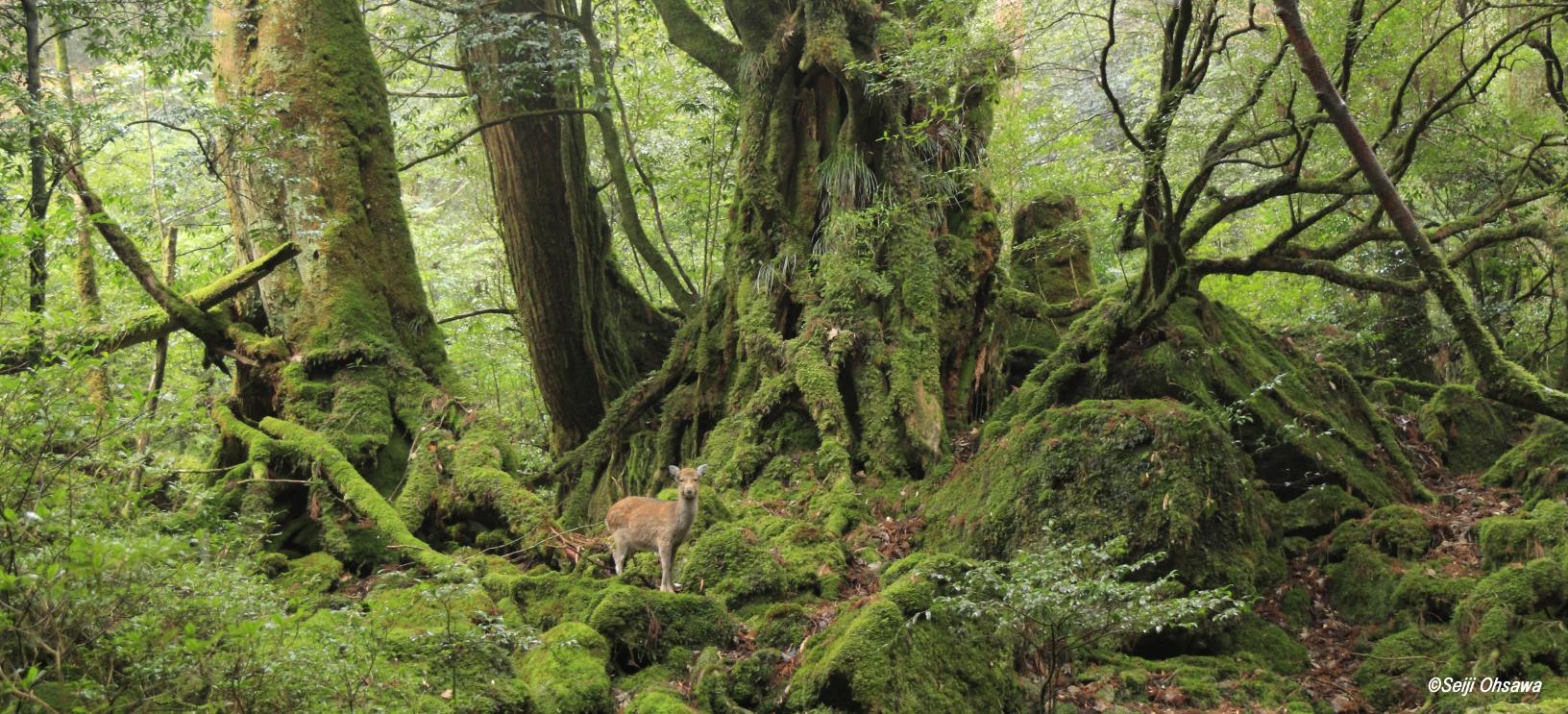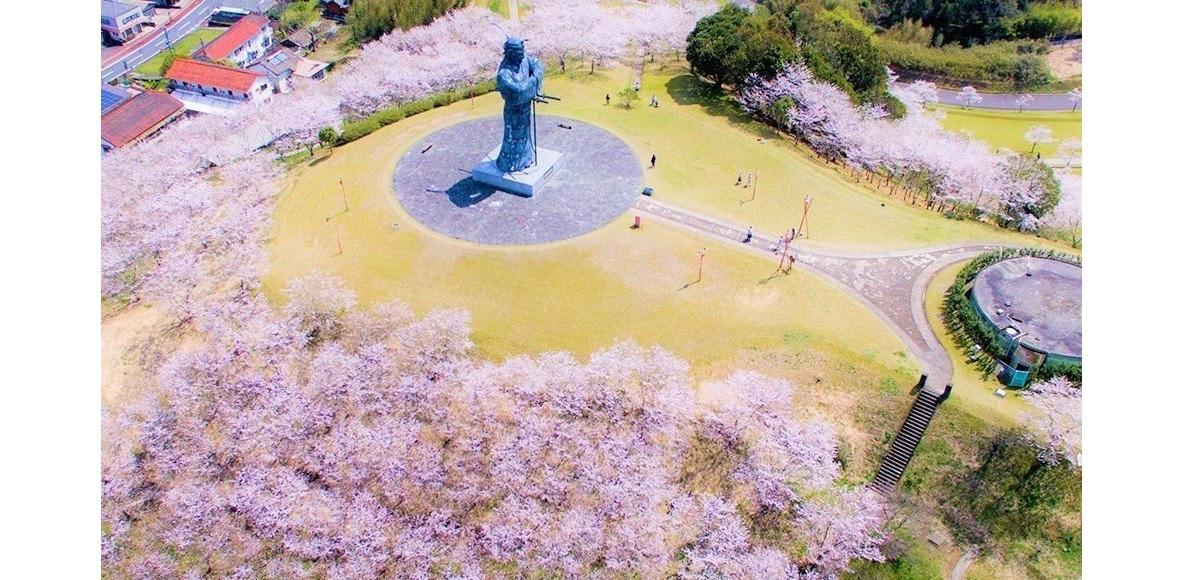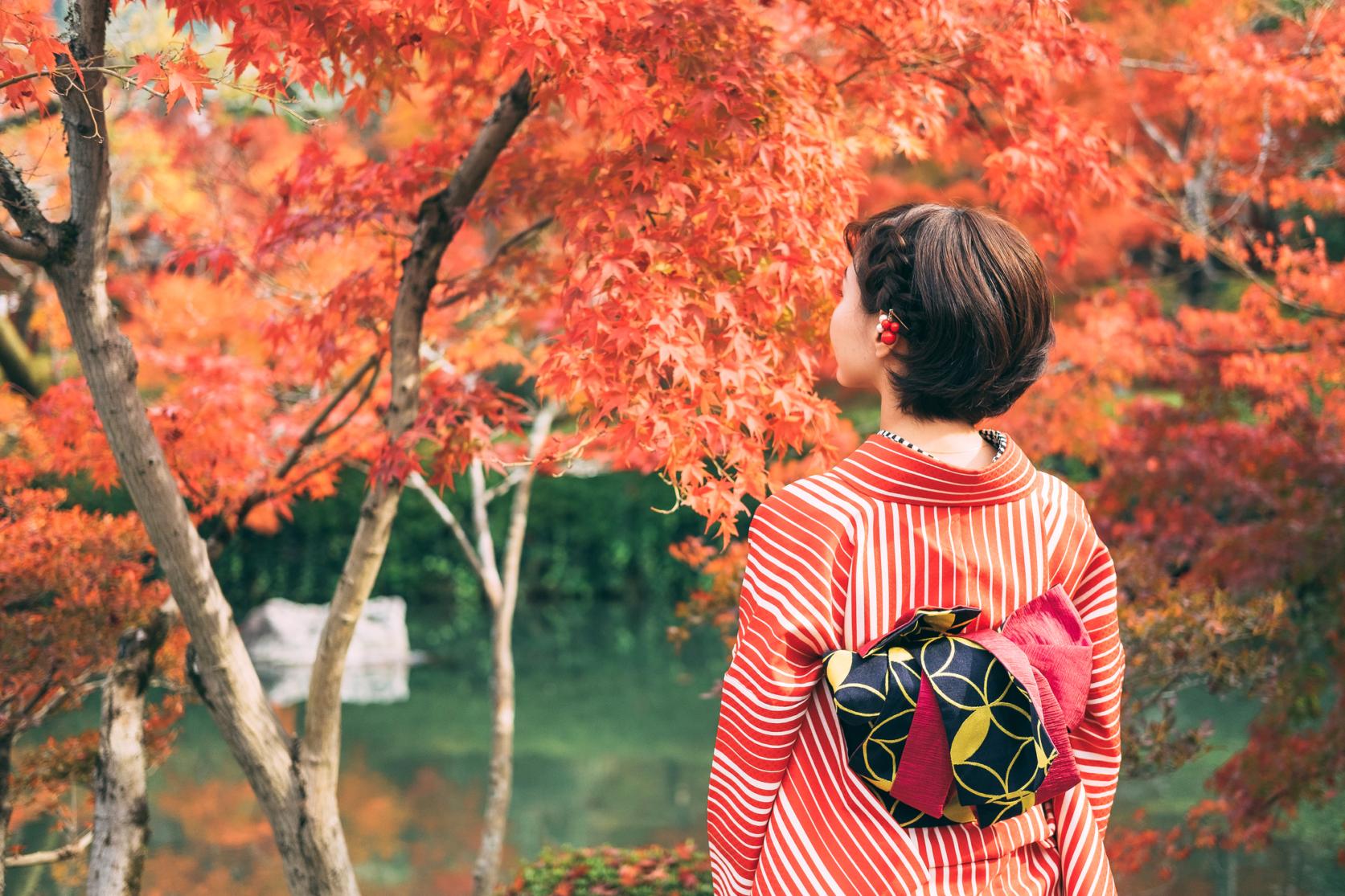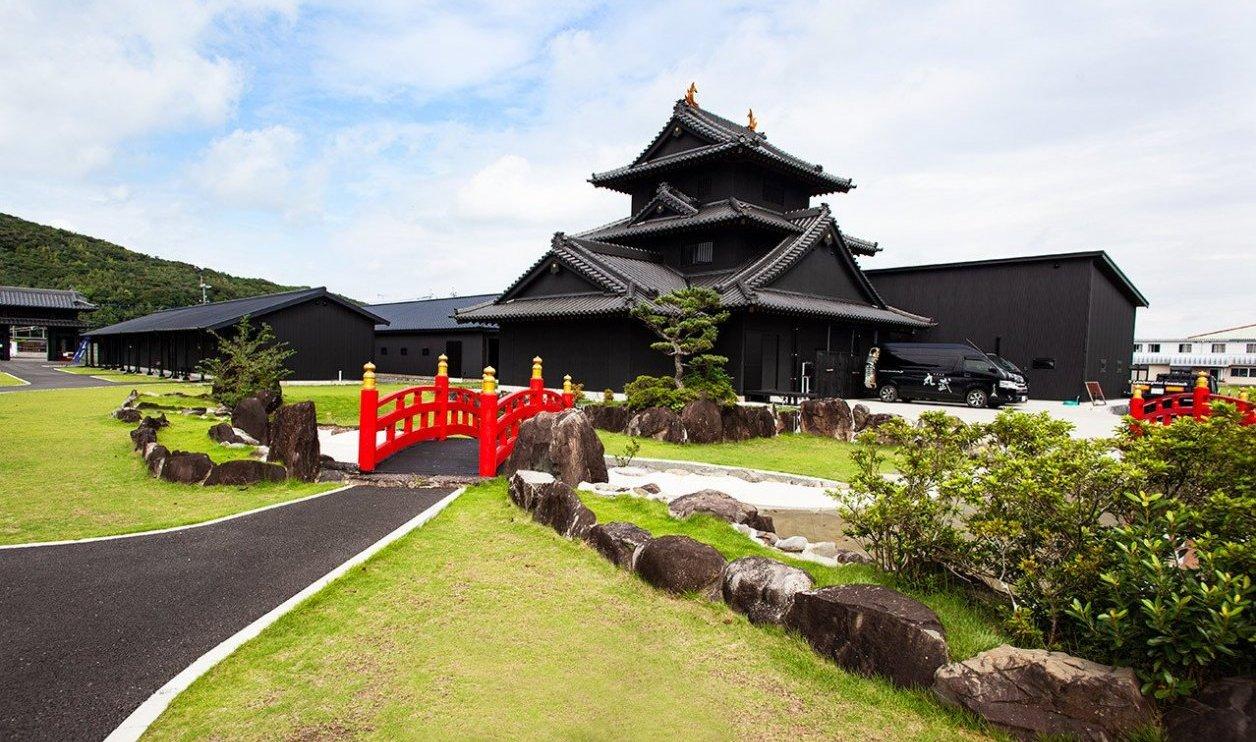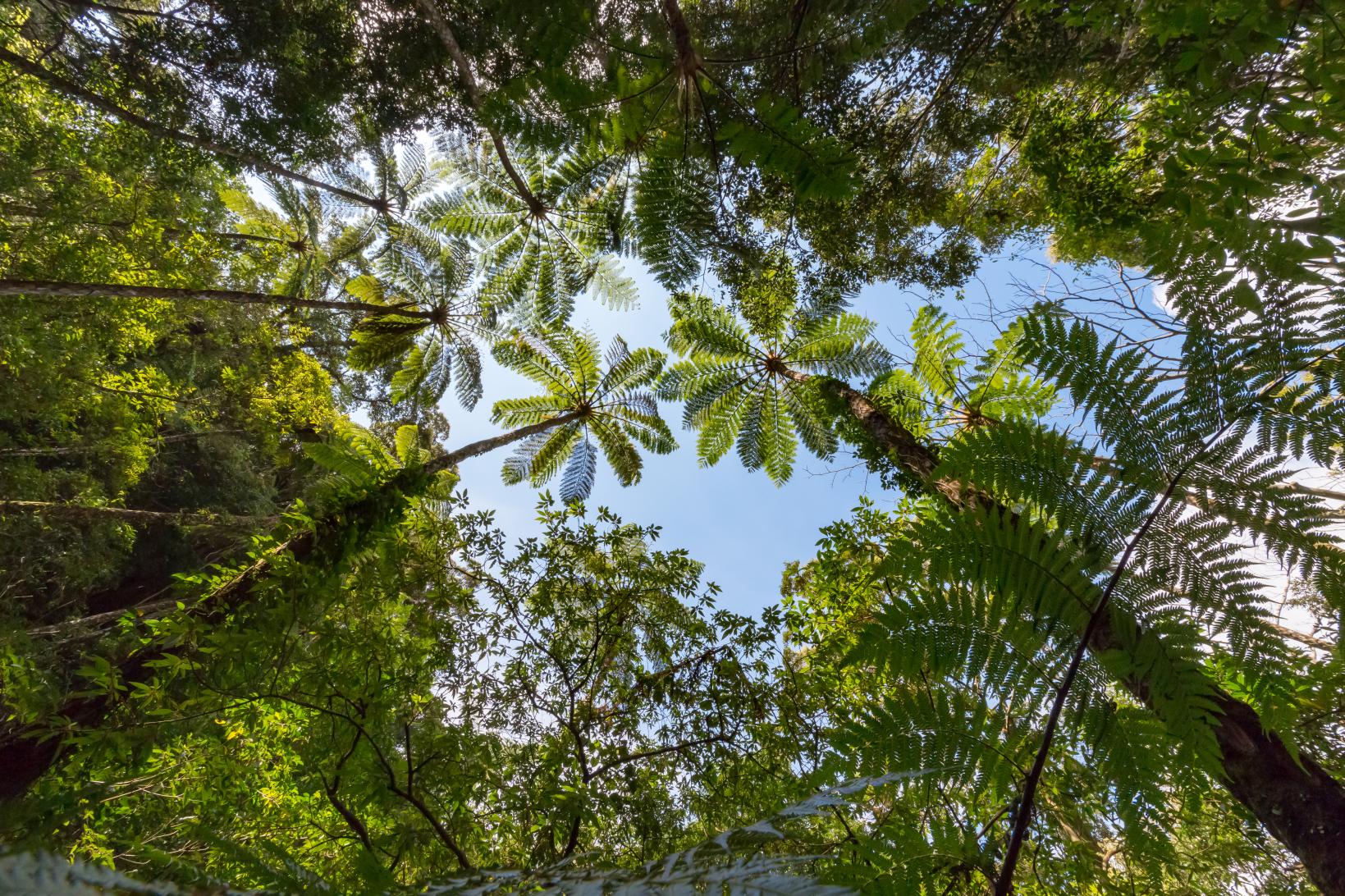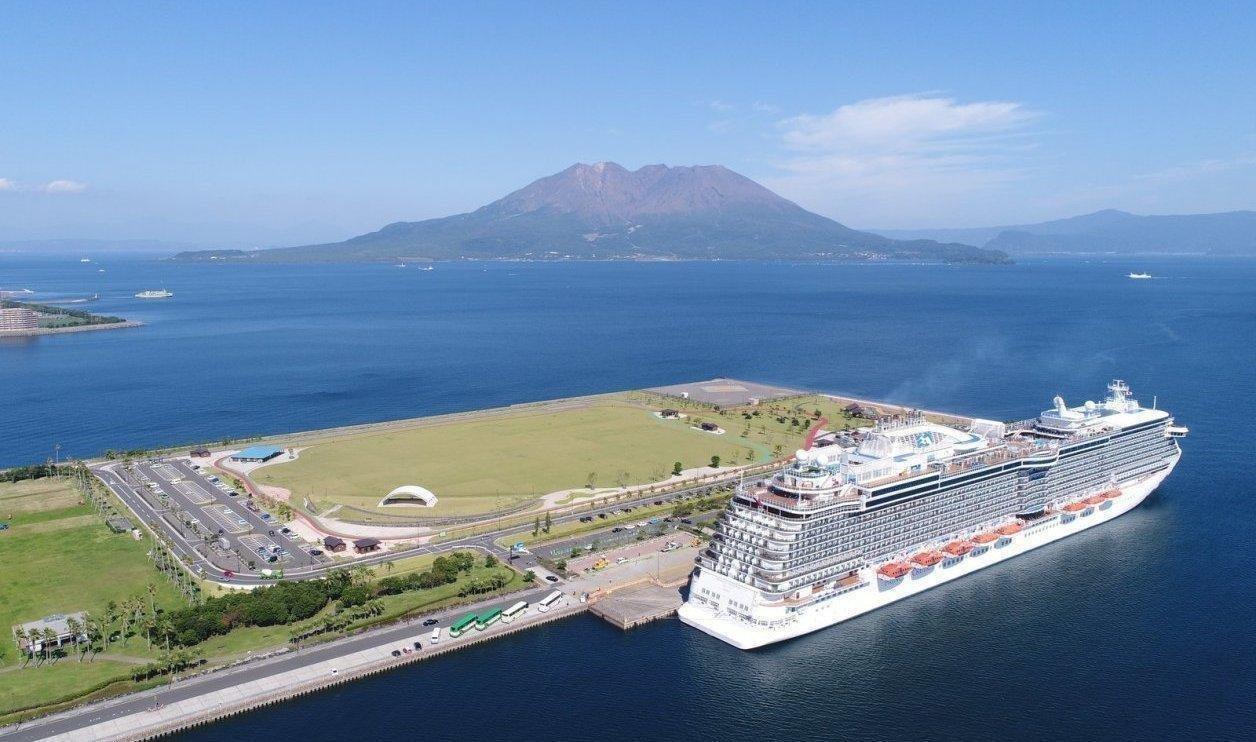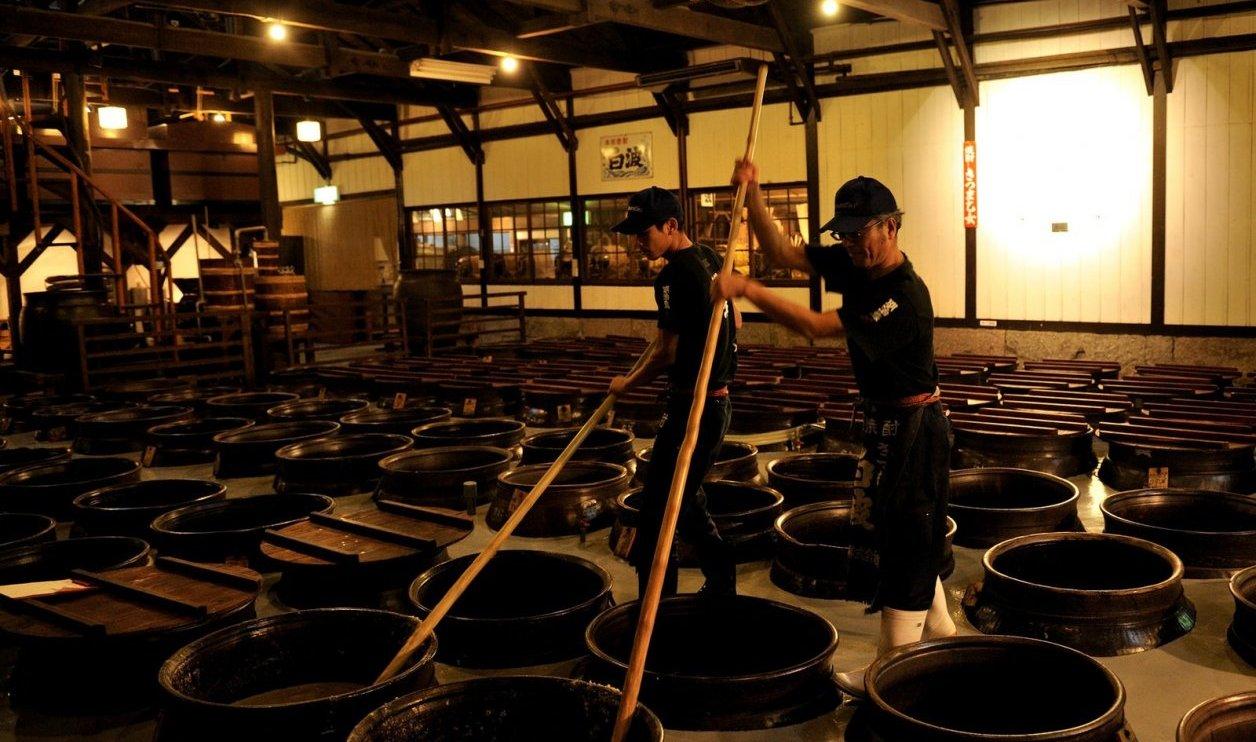We use cookies on this site to enhance your user experience. If you continue to browse, you accept the use of cookies on our site. See our cookies policy for more information.
Pass Through an Ancient Shrine Into Another World
Kirishima, literally “island of mist,” is a mountainous region shrouded in fog, myth and legend. Ancient Kirishima Jingu Shrine is the gateway to this mystical region and its mythology. The area is cited in Japan’s oldest written historical records, the Kojiki, which tells fantastical tales of gods and goddesses, as well as the birth of Japan and the first emperors.
Kirishima Jingu Shrine enshrines Ninigi no Mikoto, the ancestor of Japan’s first emperor and the grandson of the sun goddess Amaterasu. Over countless generations, those seeking prosperity and luck in love have made their way to this shrine’s vast grounds to pray at the imposing vermillion structure before exploring the surrounding grounds.
A God Descends to Earth
Legend says that the god Ninigi no Mikoto came down from the heavens to rule over the earthly world. He descended to the top of Mt. Takachiho in the Kirishima Mountain Range and sank his three-pronged lance, the Amanosakahoko, into the ground to mark his arrival. This lance can supposedly still be seen today, jutting out from the rocks at the summit of the mountain. Ninigi no Mikoto is said to be the ancestor of the Japanese imperial family. According to legend Japan’s first emperor Jimmu was Ninigi no Mikoto’s great-grandson, and his descendants still possess the three sacred gifts of a sword, mirror, and magatama jewel given to him by the sun goddess, Amaterasu.
Furumiya Ato, the Site of the Former Kirishima Jingu Shrine
Although Kirishima Jingu Shrine is now located at the foot of the mountains, the original built in the sixth century was located much higher up at Setoo, a dip between the summit of Mt. Takachiho, where Ninigi no Mikoto is said to have descended to Earth and Hinotokomine (the ancient name for the Ohachi crater). The original shrine stood there until the middle of the tenth century, when volcanic eruptions at Ohachi forced the shrine to be moved to Takachihogawara, the current site of Furumiya Ato. The shrine was completely destroyed in a huge eruption in 1234 and rebuilt in 1484.
Visitors can visit the old shrine ruins at Furimiya Ato, where ceremonies are still held regularly. One of the most famous is the Tenson Korin Festival, a yearly celebration of Ninigi no Mikoto’s arrival on Earth which takes place on November 10th. Hikers can also enjoy impressive views of the Ohachi crater and Mt. Nakadake from here, and bright azaleas surround the site in late spring.
Soothe Your Soul in Kirishima’s Healing Hot Springs
Kirishima derives its name from the mists that shroud it, and the steam from the many hot springs. Kirishima boasts a multitude of hot spring locations, each with a wide range of baths which offer a variety of temperatures, compositions, facilities, and views over the region. Some places offer not only a soothing bath to soothe sore muscles and ease your mind, but also provide meals featuring vegetables and eggs boiled in the mineral rich spring waters. With so many hot springs, it’s almost impossible to choose just one. Fortunately, many hotels open their baths to non-guests for a small fee, so visitors may try as many as they please. After your bath enjoy a refreshing glass of natural spring water, filtered through the Kirishima Mountain Range.
A Gastronomic Paradise Packed with Local Delicacies
Kirishima offers a bountiful selection of delectable regional specialties that cater to all tastes. Notable local specialties include succulent pork, beef and chicken, best eaten with shochu, a type of local distilled liquor made from sweet potatoes.
Tea fans should sample Kirishima cha, the local green tea, considered one of the best in Japan. The tea bushes are cultivated in the cool climes and thick mists of the area, shielding them from ultraviolet rays, which yields a rich and full-bodied flavor.
Kirishima’s kurozu, or black vinegar, is brewed outdoors in rows upon rows of centuries-old ceramic jars. The vinegar is said to aid digestion and lower blood pressure, and is very soft on the palate.
The Formation of the Kirishima Mountain Range
The Kirishima Mountain Range is a series of approximately twenty geologically complex volcanoes. A few of them are still active, which means that the area is in constant flux. The region first became active approximately 530,000 years ago when the volcanic crater of the Kobayashi Caldera was formed on the northeaster side of what is now the Kirishima Mountain Range. Some 340,000 years ago there was another huge eruption, forming the Kakuto Caldera to the northwest and largely completing the topography you see today. Other major eruptions include the eruption at Mt. Karakuni between 17,000 to 7,300 years ago, which created the region’s highest peak. Though many of the volcanoes have not erupted in thousands of years, the landscape continues to change, as vegetation and forests transition and grow thicker with time.
Climb the Mystic Peaks
There are numerous hiking courses suitable for beginners and experts alike, ranging from two-hour treks to full day hikes with some climbing involved. The courses around Ebino Kogen Highlands offer relatively gentle walks even in the winter, taking you around three crater lakes and giving you a chance to get close to the wildflowers in the area. More experienced hikers may appreciate the Mt. Karakuni trail, which presents a real challenge and allows you to experience the volcano’s slopes firsthand. Local tourist information centers and eco museums have all the information you need to make your visit a memorable one.
Please remember that there are still active volcanoes in the Kirishima Mountain Range. Be sure to check the latest information on volcanic activity before setting out.
Google Maps may not display correctly if left open for more than 1 day
Most popular
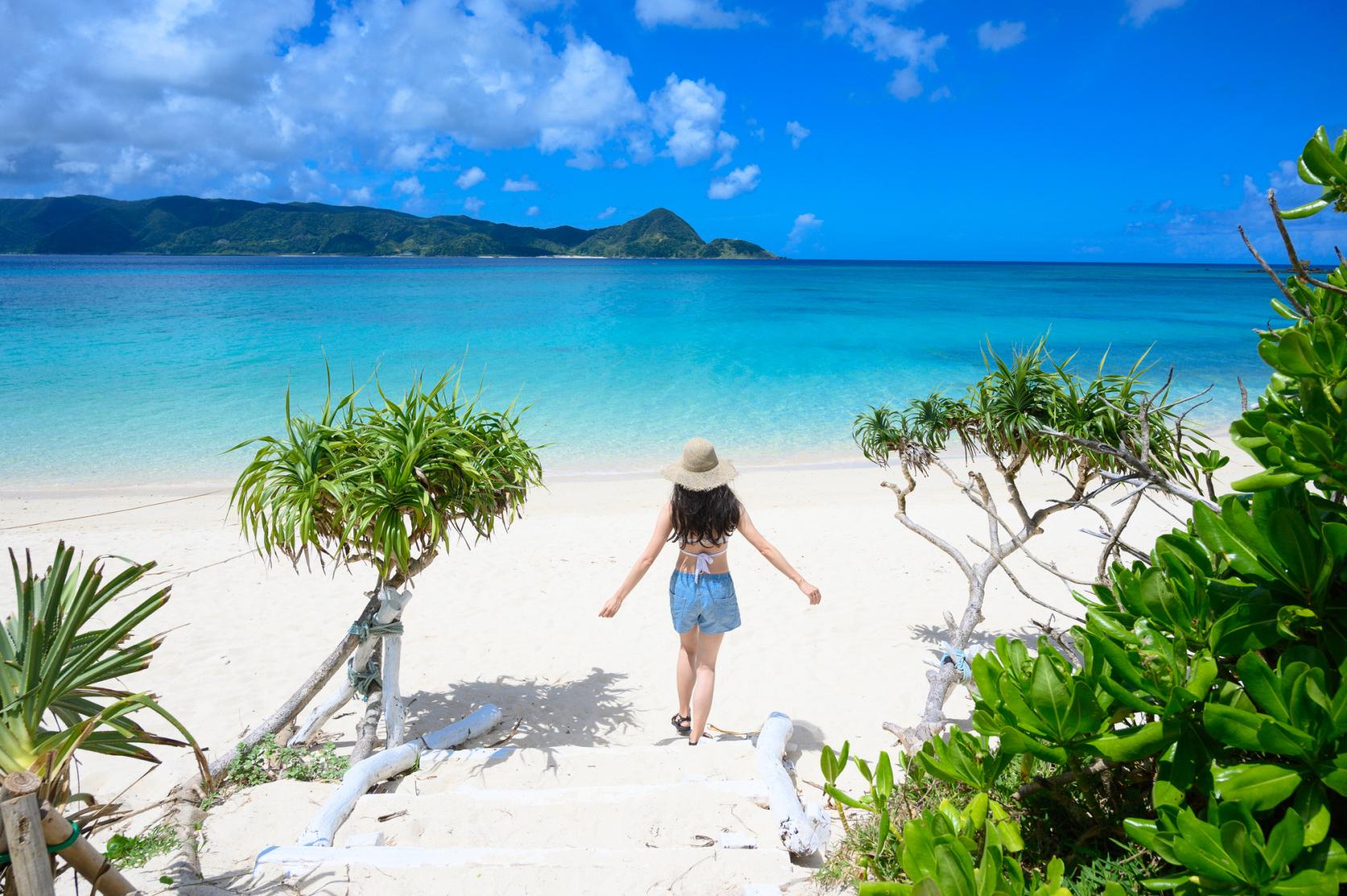
Let's go island-hopping in Kagoshima!
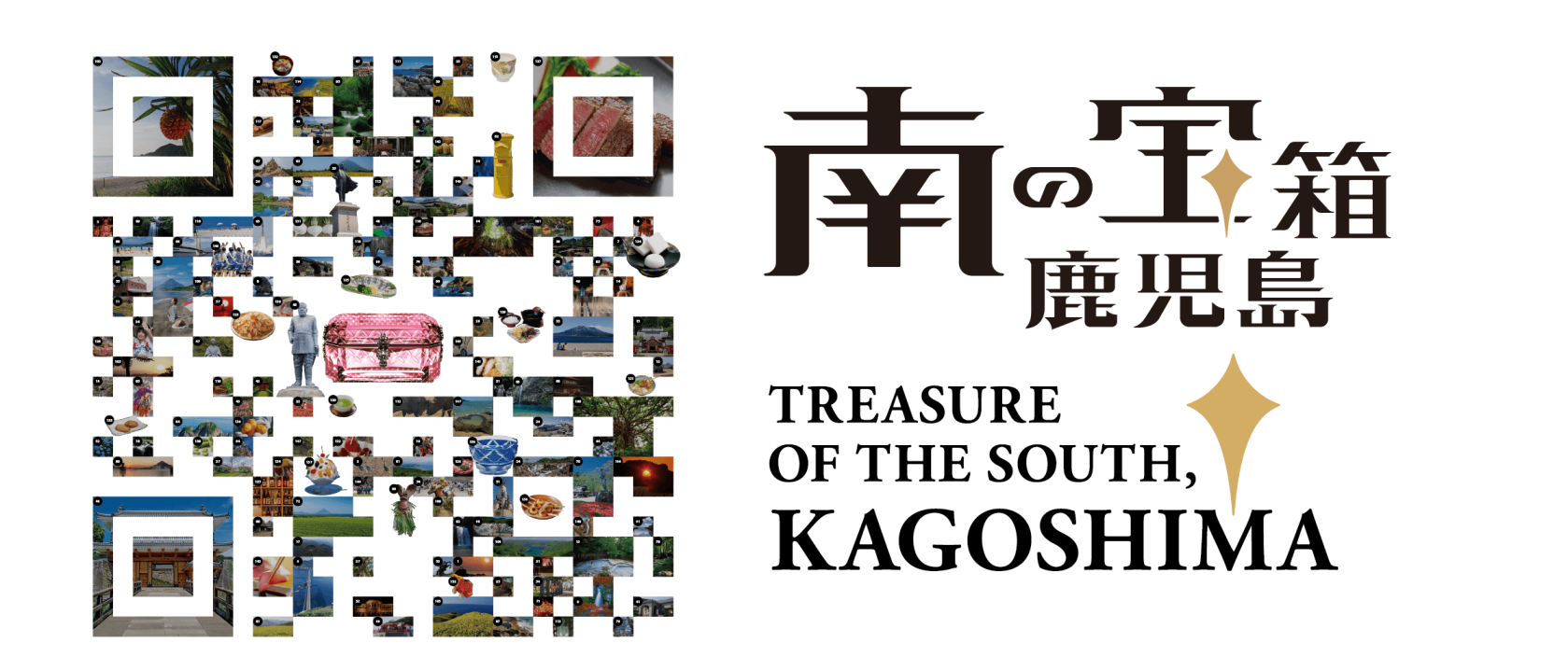
Our latest poster promotes Kagoshima’s tagline “Treasure of the South, Kagoshima” and uses photos of famous attractions across our prefecture, arranged in the style of two-dimensional matrix barcode.
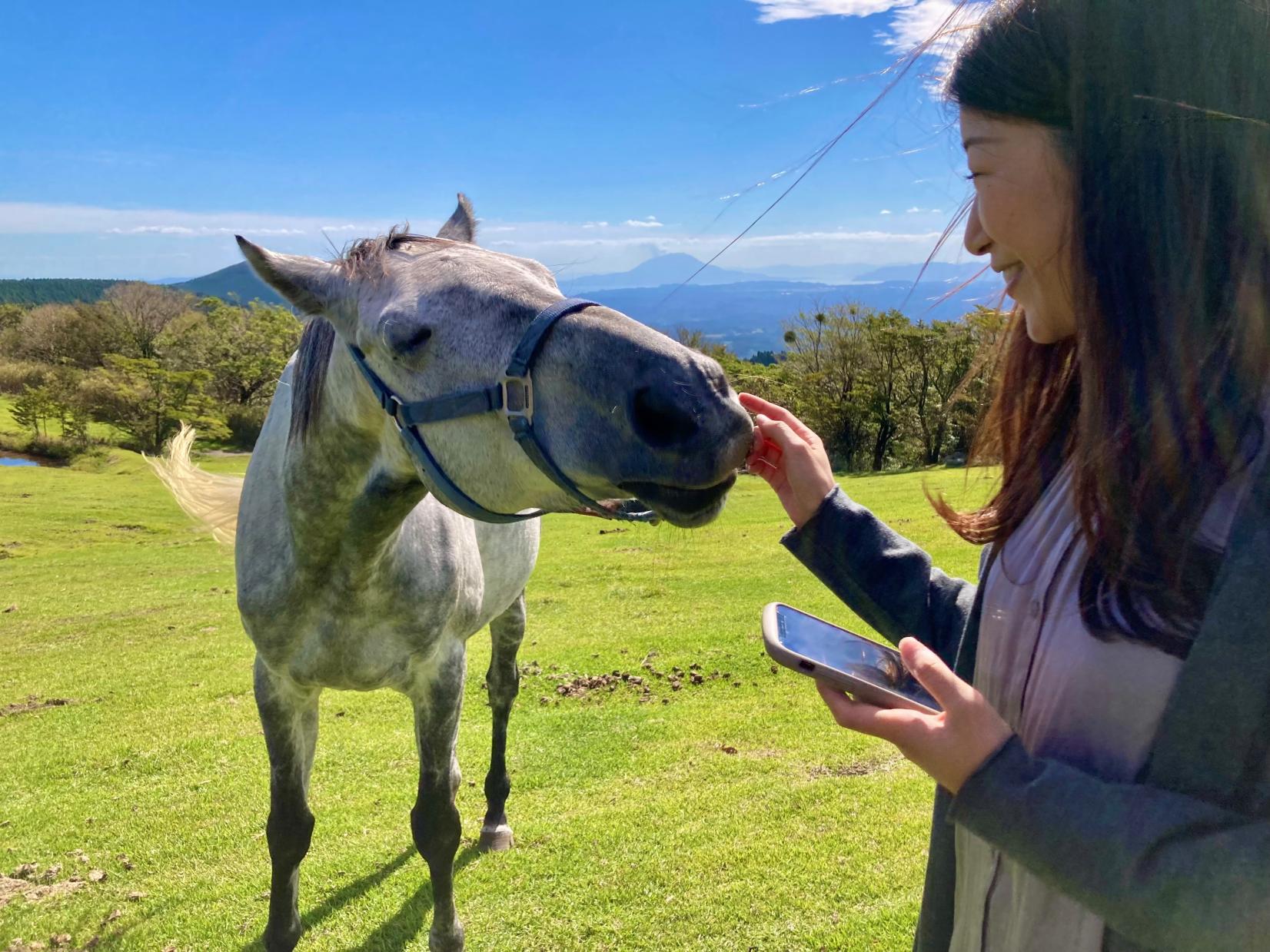
Re-Wild Kagoshima: The ultimate healing experience of interacting with the “Happy Horses”
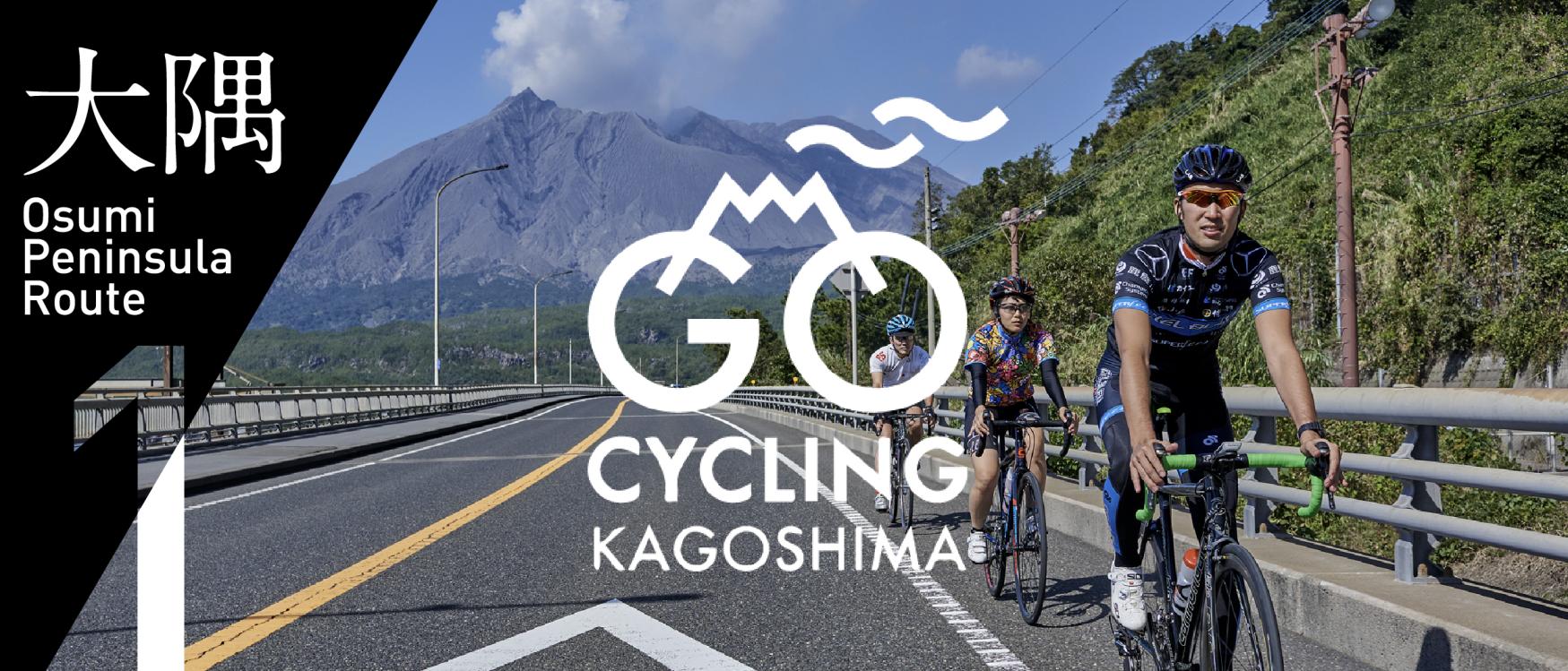
Now is the time for a bike trip! Cycle beautiful Kagoshima
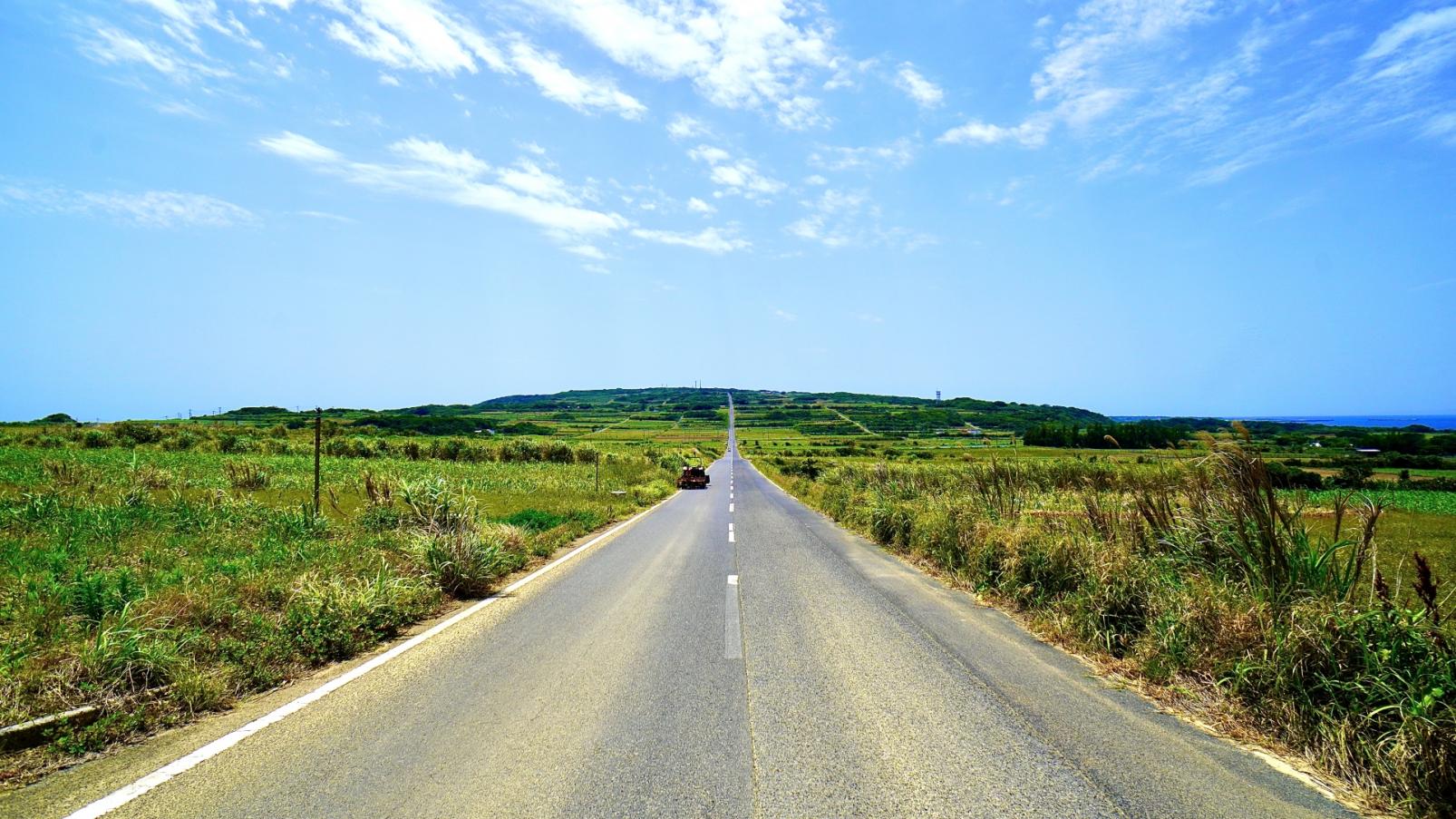
Kikaijima Course, an island where mysterious giant banyan trees and butterflies dance



